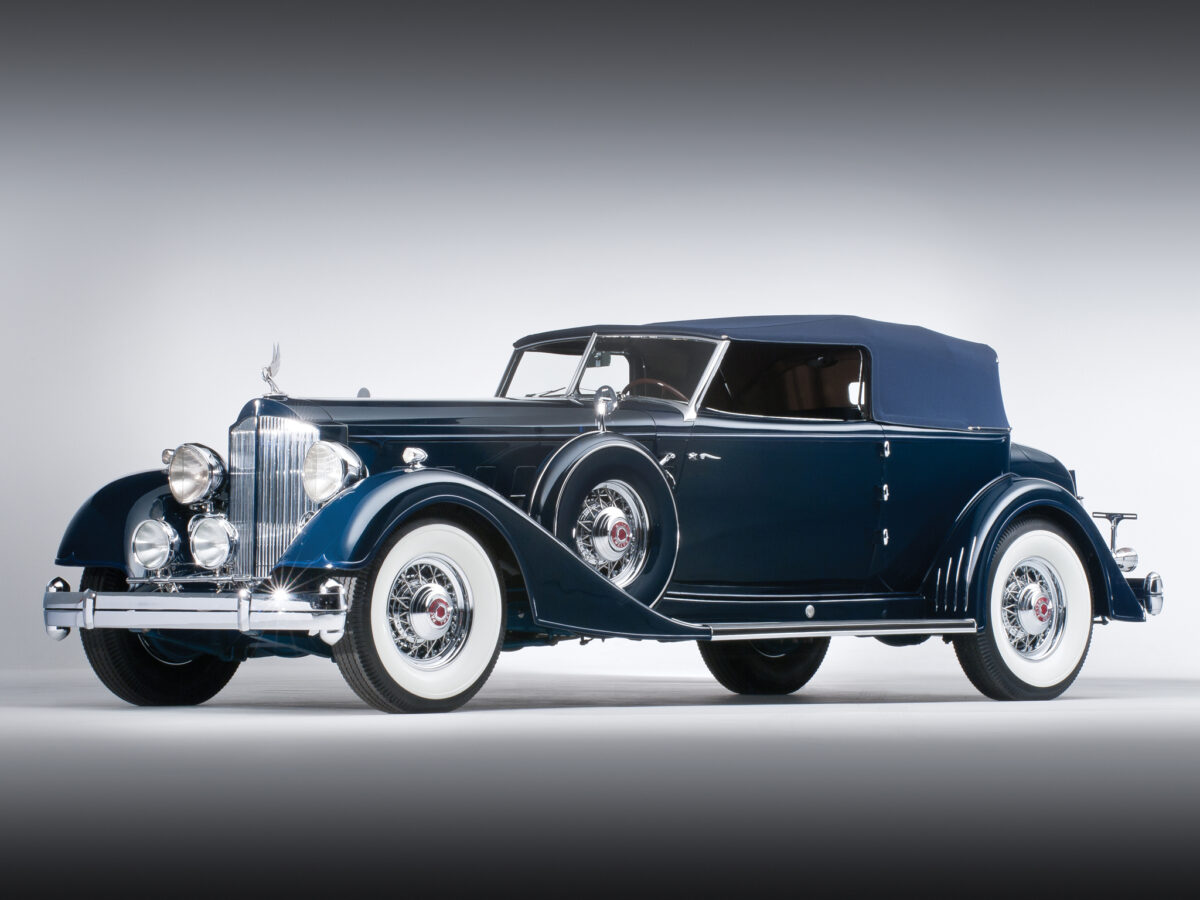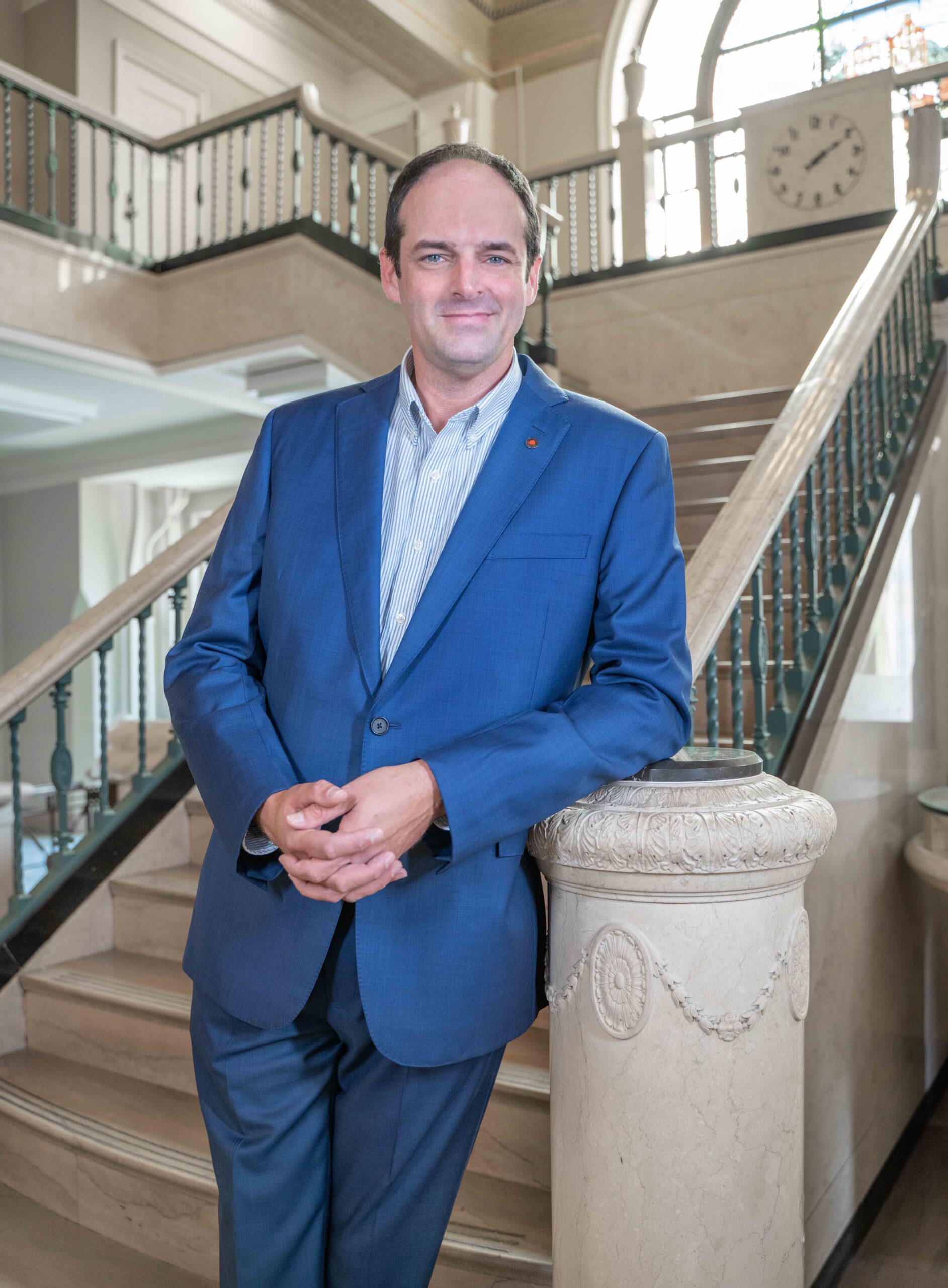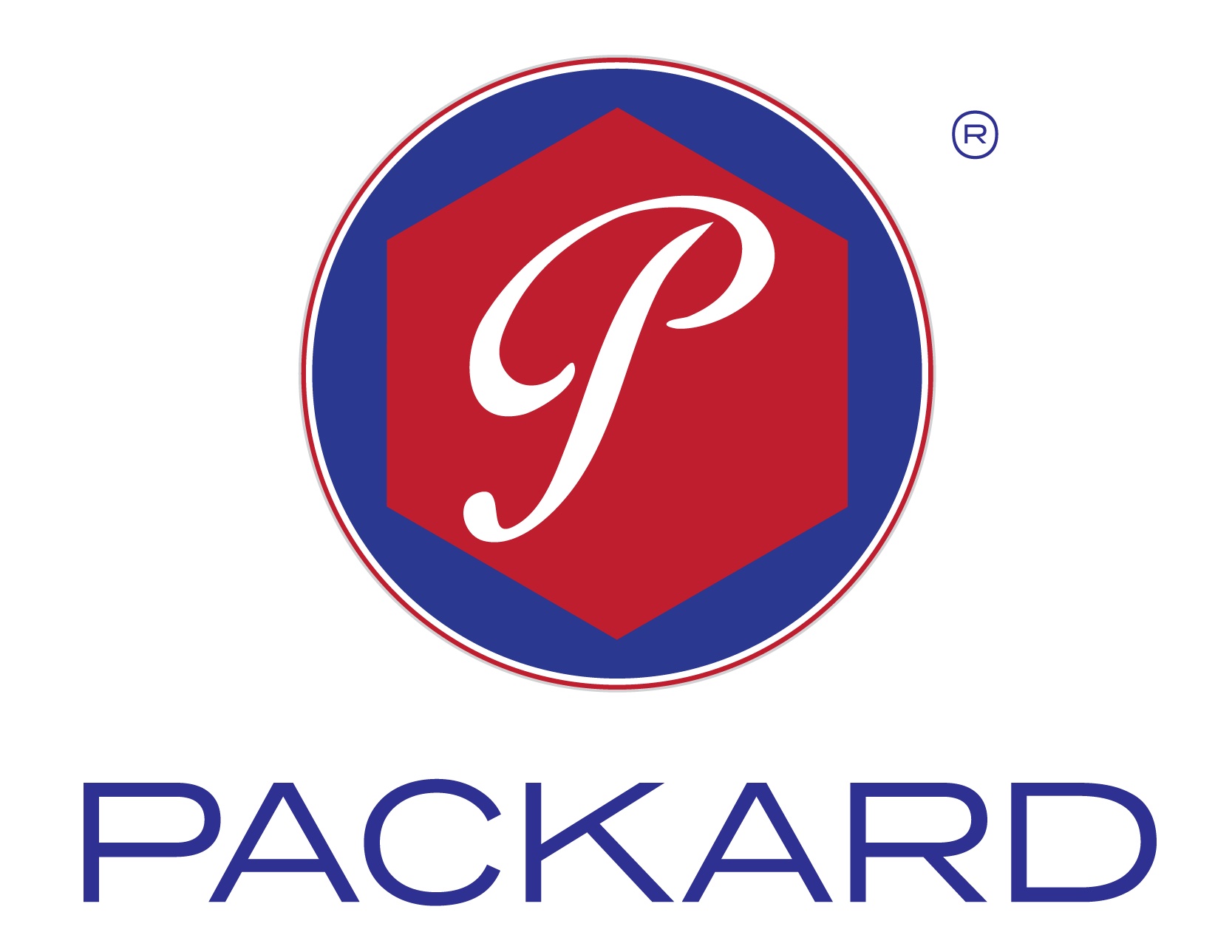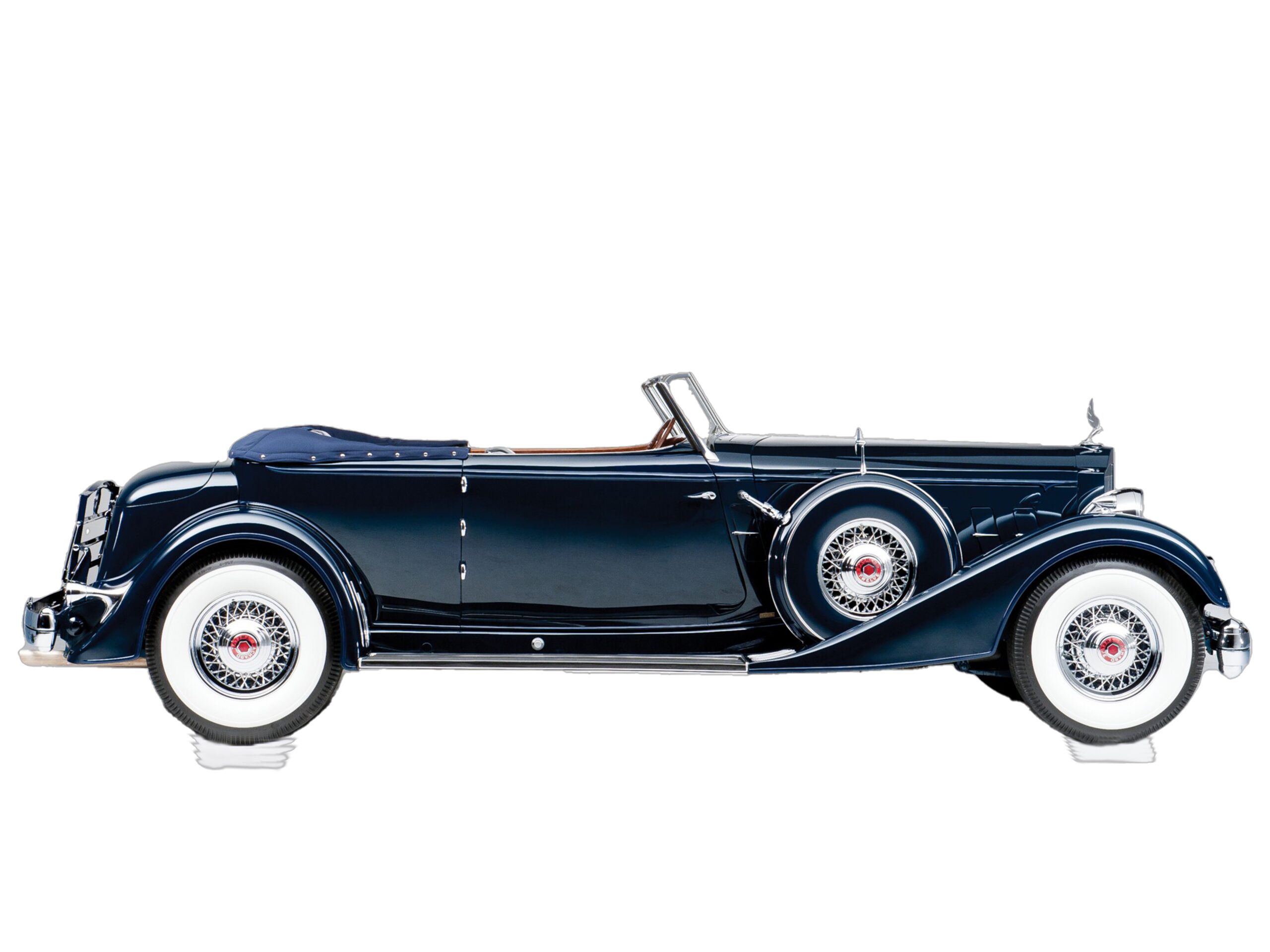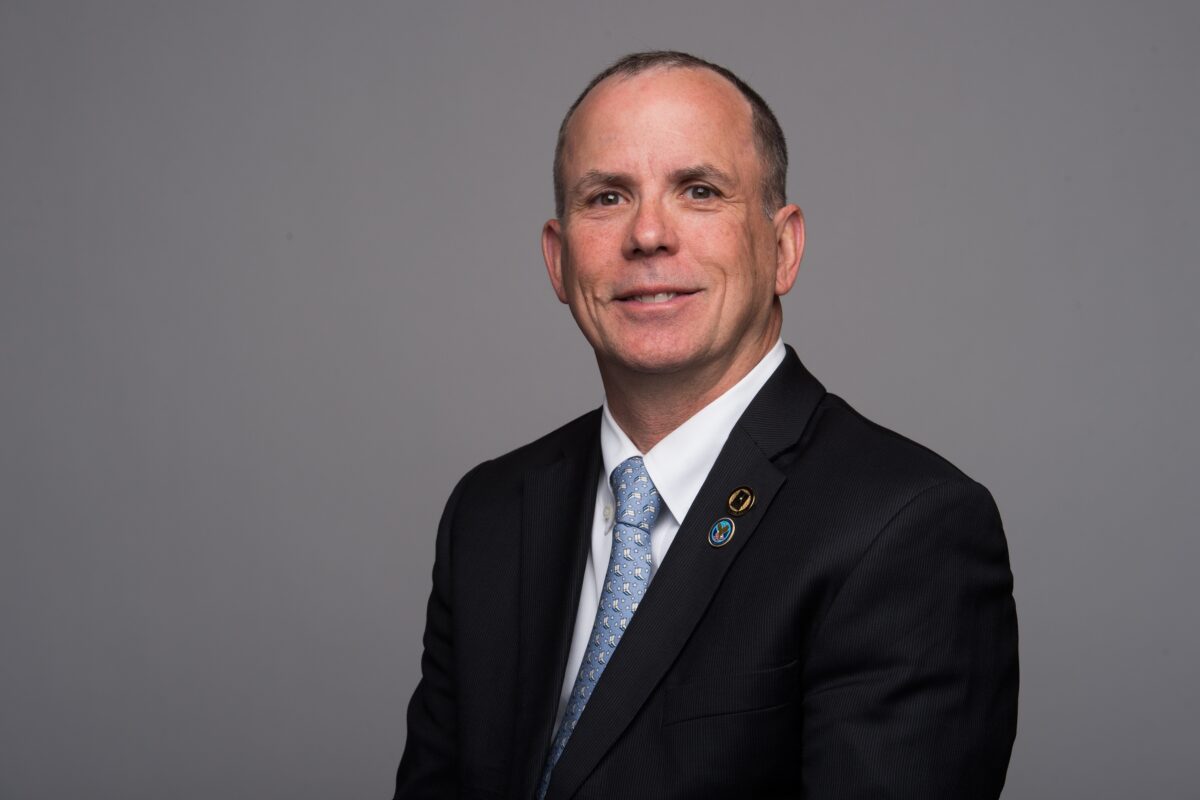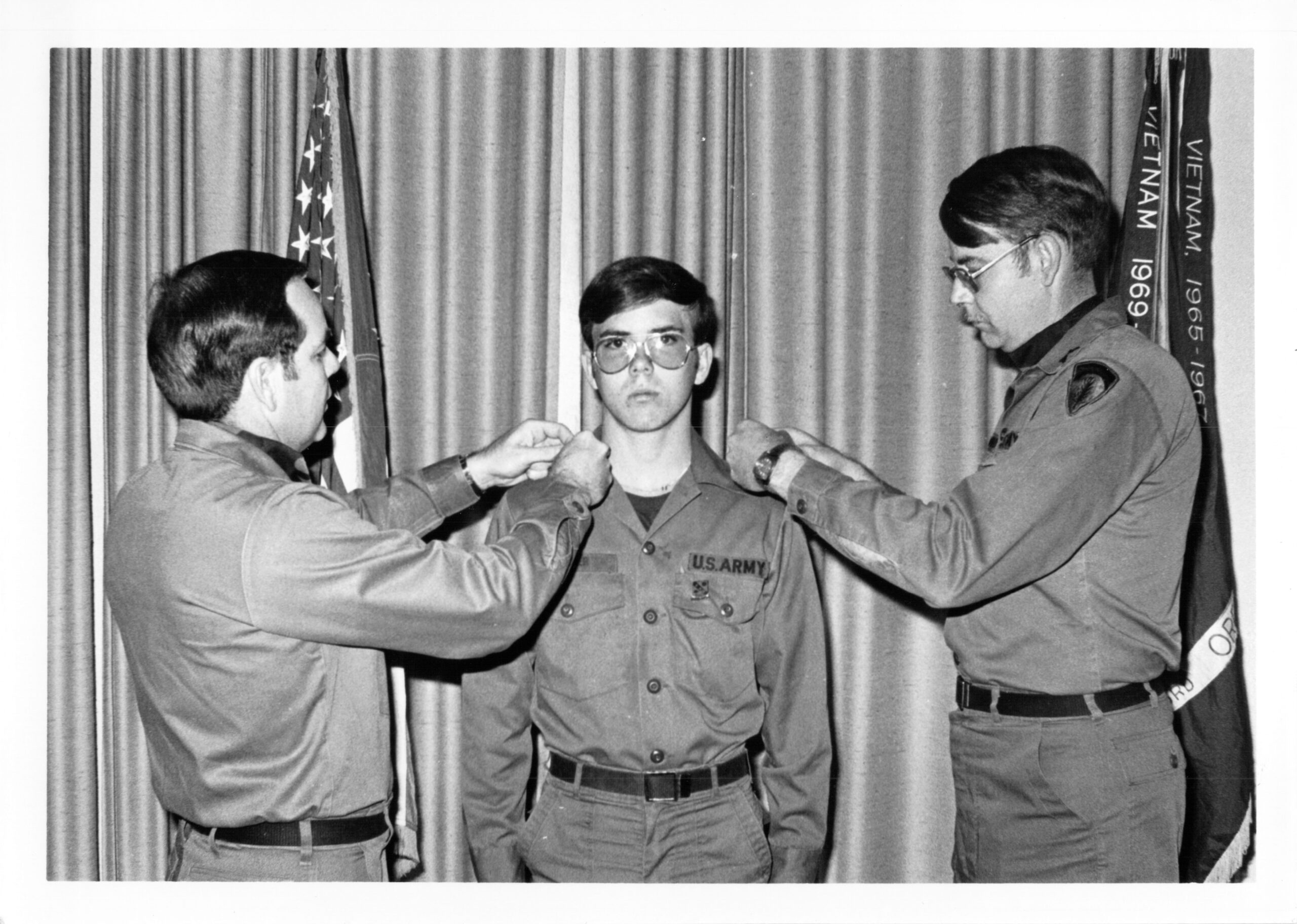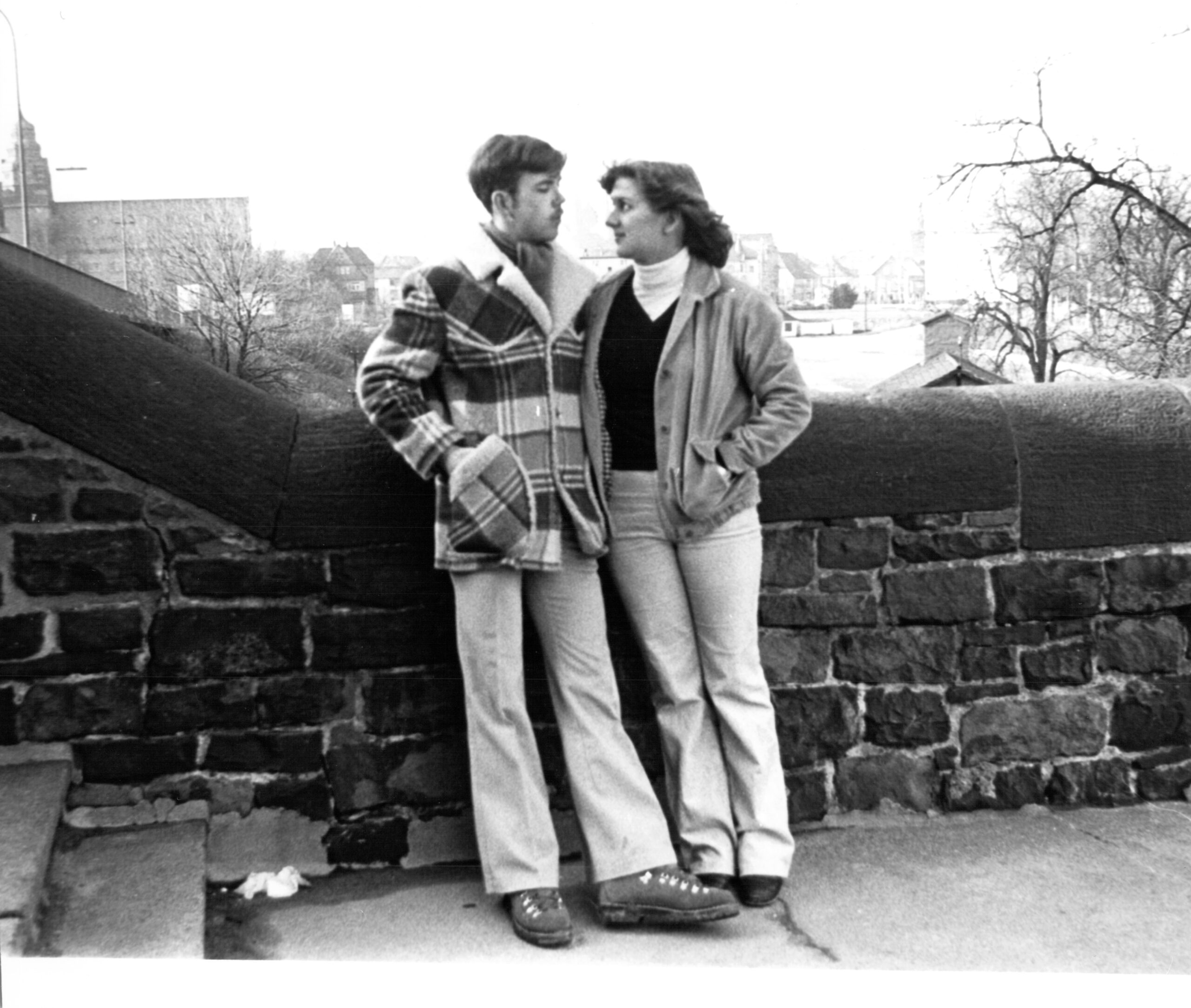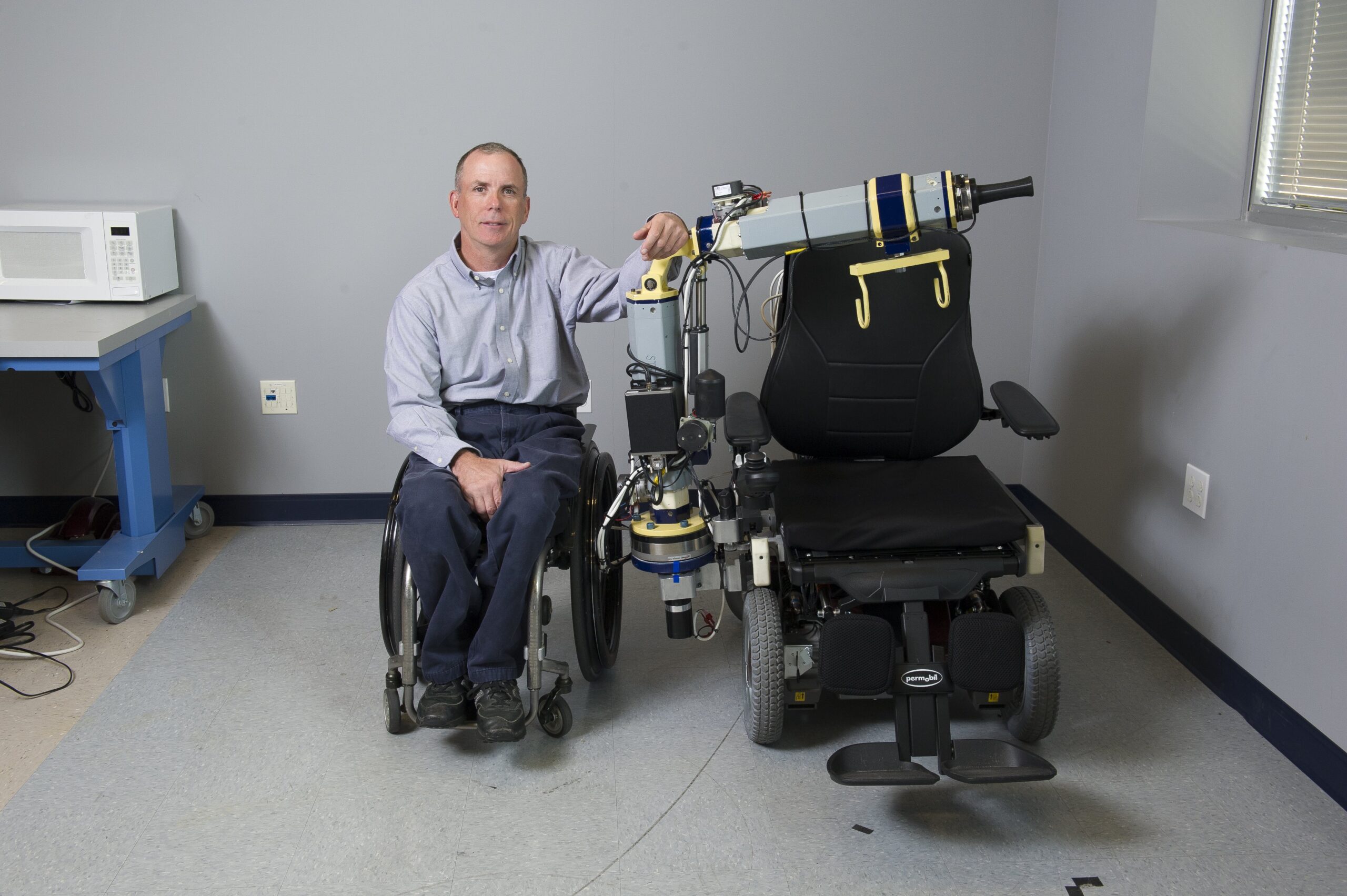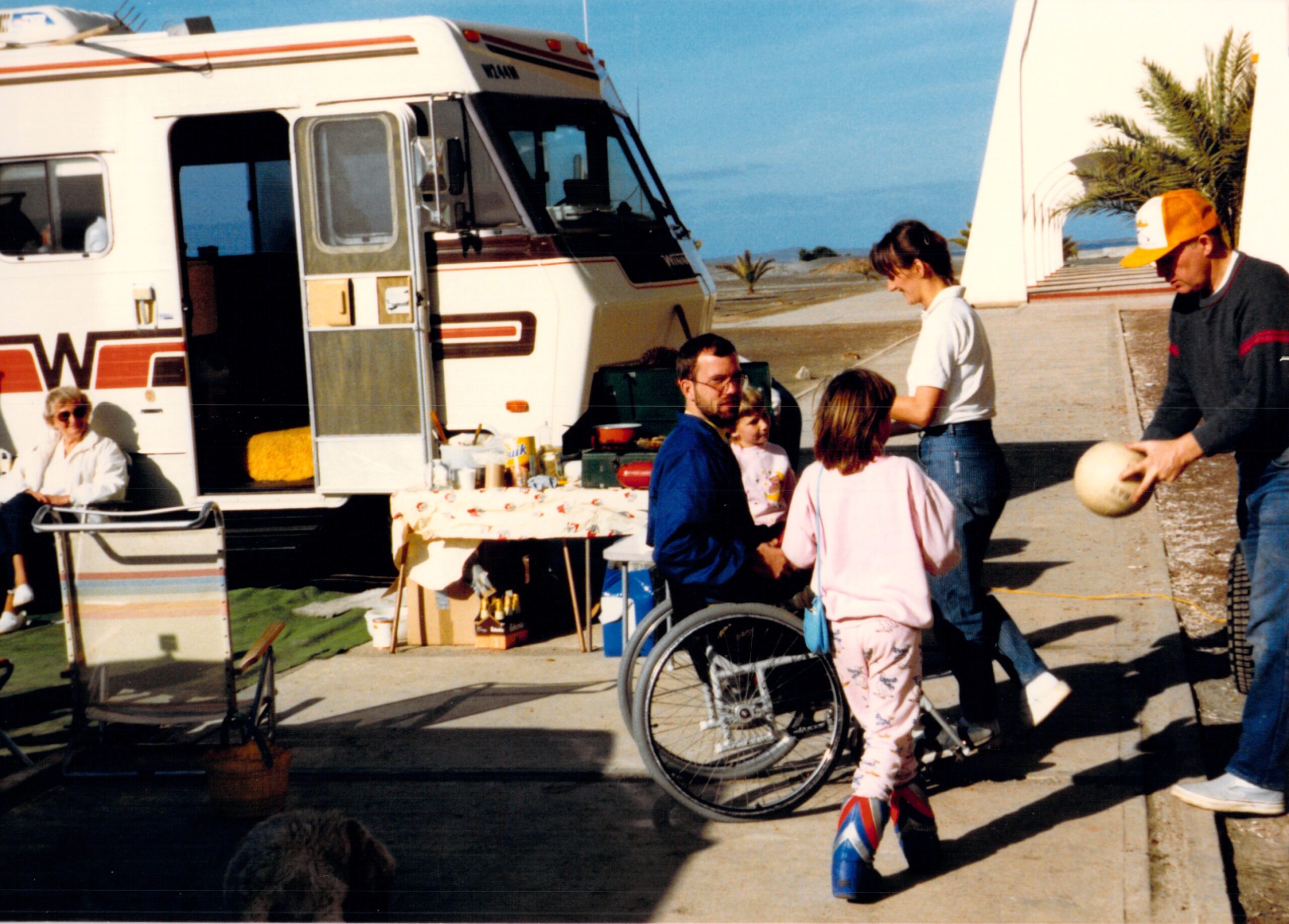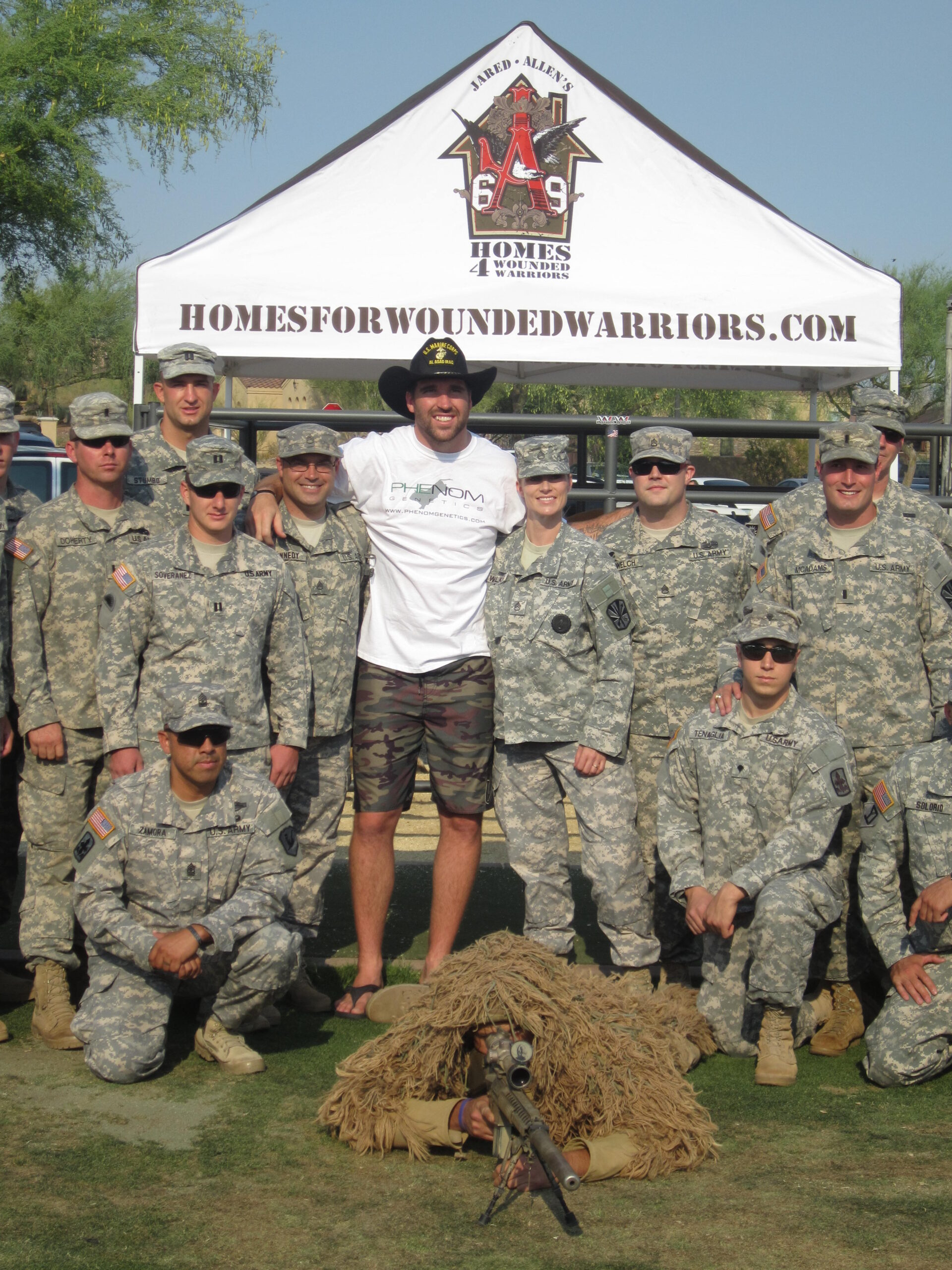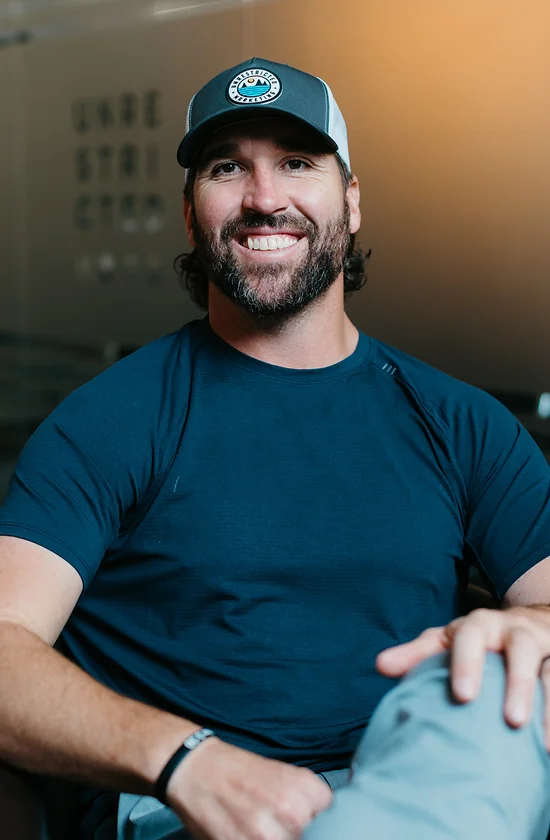For Tim Tebow, “MVP” has a whole different meaning. Far from the limelight of the sports field, the 36-year-old Heisman Trophy winner and former NFL quarterback has long set his sights on helping the world’s “Most Vulnerable People.” The Tim Tebow Foundation, founded in 2010, works in 86 countries to transform the lives of orphans, people with special needs or significant medical needs, and those caught in the snare of human traffickers.
His favorite night of the year, Night to Shine, celebrates people with special needs, offering them a prom night experience, and takes place simultaneously around the world—in over 1,000 cities and 56 countries. (Next year, it will be held on February 9, 2024.)
The timing, the Friday before Valentine’s Day, is no accident.
“We wanted this to be a night where every person with special needs ‘Shines,’ and we wanted our love and God’s love for them to shine through,” Tebow said.
American Essence had the chance to ask Tebow about Night to Shine, what drives him in life, and the best advice he’s ever been given.

American Essence: Please tell us about an inspiring moment or person at Night to Shine that will stay with you forever.
Tim Tebow: I could tell you thousands and thousands of stories just from our first Night to Shine! One that really stands out to me is a mom coming up to me and telling me that her daughter will never get married. She will never have kids. But tonight, at Night to Shine, she felt like she was a princess. Another is the first time we ever hosted a Night to Shine, one sweet girl came down the red carpet in a wheelchair with everyone cheering her on. She had so much fun and loved the experience so much that she came back down again, this time walking with assistance! It was such an inspiring moment.
Another impactful moment was when I got to meet an incredible young boy at a Night to Shine in Haiti. Frantzky had the biggest, sweetest smile, and he danced with so many friends and family that night. Unfortunately, not long after that, he got very sick. Hospitals in Haiti had turned him away before due to him having special needs or simply perceiving him as too complicated to care for. At the third hospital he ended up at, he did not receive the level of care he needed and unfortunately passed away. It was such a shocking reality that it’s our job to love people no matter their circumstances, and that it’s up to us to help other people see the God-given worth and value of every life. I have a painting of Frantzky in a room in my house where I watch movies and football games. That room is somewhat of a break where I can relax for a moment or get caught up in sports, but Frantzky’s picture is displayed as you exit the room as an instant reminder to keep the perspective that there is so much more significance in life than just games and movies.
AE: How has the idea of prom—a quintessentially American tradition—translated to the many different countries where Night to Shine is held?
Mr. Tebow: That’s a great question. One of the ways we’ve described Night to Shine is as a worldwide prom for people with special needs. A lot of countries aren’t familiar with the term “prom,” so we also call it a worldwide celebration for people with special needs. Even though other countries might not be familiar with the idea of a prom, walking down a red carpet, or being crowned as kings and queens, what’s really cool is that once they see it in action, they totally get it—regardless of where they are. A lot of that has to do with our awesome Night to Shine team that walks alongside churches every step of the way. It’s also really neat to see different countries and cultures embrace Night to Shine by bringing in traditions and experiences that are culturally relevant to them, too.

AE: You have a great sense of urgency about the causes that your foundation supports. What drives you in life? What gets you up in the morning, ready to take on the world?
Mr. Tebow:I love using the word urgency. I want to be someone that lives with a sense of urgency because we don’t know how many days we have. But, while we have time on this Earth, it’s our only chance to affect eternity. For that reason, we need to be truly focused on what really matters, and that’s God and impacting people. I want to live with a sense of urgency by running hard toward what God is calling me to do because who knows when I’ll lose the chance to? That’s what gets me up every morning.
AE: You and your wife Demi partner on many endeavors. Please tell us what it’s like to work with your spouse, and what you value most about her.
Mr. Tebow: One of the most special things about Demi and I’s relationship is that we get to travel all over the world and serve together. It’s amazing to see her love on survivors of human trafficking, love on babies that have been thrown away, and fight with such fierceness for some of the world’s most vulnerable people. As I’m answering these questions right now, she’s getting ready to launch her Tim Tebow Foundation birthday campaign, which will directly impact children and families in her home country of South Africa, specifically babies that have been abandoned because their parents don’t have the means or resources to care for them. Something else I really value about Demi is her drive and competitiveness. She was Miss Universe 2017, she’s an entrepreneur, a motivational speaker—all of that amazes me about her, but it’s not nearly as special as watching her heart for others in action.

AE: Considering the intense fame that you have experienced, how have you overcome any struggles that have come with the scrutiny, and how do you think that experience has served you in your life?
Mr. Tebow: Growing up, I was definitely a people pleaser and wanted people to like me. When I started playing sports and getting recognized by the public and the media, of course there were people who didn’t like me. I struggled with that at first, and I remember telling my dad, “Dad, if people just got to know me, I think they would like me!” And I remember him telling me, “Timmy, you’re right. But some people aren’t going to want to get to know you or like you.” That was a harsh reality to make terms with, but he was right. To this day, whenever I face scrutiny, I reflect on a quote from Winston Churchill that says, “You have enemies? Good. That means you’ve stood up for something, sometime in your life.” I’ve come to realize that I’d rather be respected than liked. And I think that’s a good lesson for other young people to remember as they go through life, too. You can get a lot of “likes” on social media, but being respected by people—even if they aren’t your biggest fan—means so much more.
AE: What life advice do you have for young people who may be reading this?
Mr. Tebow: My advice for young people reading this is to really believe that God loves you, to really believe that what He did on the cross counted for you, and to really believe that He has a plan and purpose for your life. Because when you believe all of that, you’re going to know that every day is created by God on purpose for a purpose. And when you live that way, not just taking in life as happenstance, but actually believing that this is the day the Lord has made for you, you’ll begin to see life and yourself a whole lot differently.

AE: Many of our readers have children or grandchildren who are homeschooled. What was that experience like for you?
Mr. Tebow: I really enjoyed being homeschooled, and it felt right for our family situation as my parents were missionaries and we were transitioning between the Philippines and the United States. I am the baby of five children, so my siblings and I were so fortunate to have flexibility and opportunities to serve on the mission field, learning what our parents believed in and watching them serve firsthand during our homeschooling days. Our parents of course wanted us to learn to read and write, but more importantly, they wanted to instill in me and my siblings a love for God and one another and a strong work ethic.
Our school days started with chores on our parents’ farm before Bible study, and then we’d get into school and study sessions. What was cool about being homeschooled was that my parents gave me the freedom to choose topics I was naturally interested in when working on school projects. I would write papers about Jackie Robinson or Jesse Owens. One time, I did a science project about protein shakes, trying to get my parents to let me drink them because I’ve always been passionate about health and fitness. There were times—being homeschooled—when I felt a little different and maybe even a little lonely, but I came to realize that you can be homeschooled and be unique and different, but in a good way! I also still got to play sports during that time, and that was such a fun experience.
AE: What’s the best advice anyone has ever given you?
Mr. Tebow: To know the person of God, to trust the plan of God, and to say yes to the purpose of God.
AE: What do you consider your proudest achievement off the field to be?
Mr. Tebow: I don’t know if I would consider it an achievement, but I do consider it a blessing that the Tim Tebow Foundation gets to serve some of the world’s most vulnerable people in 86 countries and counting. From orphans that have been thrown away to survivors of human trafficking, we love those that we serve so much and, almost on a daily basis, I’m inspired by another boy or girl that we’re fortunate to serve. They are such a driving force for me.

AE: What project are you most excited about (philanthropic, entrepreneurial, or both)?
Mr. Tebow: I love all of the partners that I’m so fortunate to work with. There’s so much in the world calling for this next generation’s attention, so I am really excited to be a small part of some projects that are telling God-sized stories and providing educational entertainment that is safe for kids. I’m so grateful to be an executive producer for “The David Movie,” an animated film about the inspiring story of King David. The creators are incredibly talented, and they’re striving to tell the story with authenticity (like “The Prince of Egypt” but with animation quality like in “Tangled” and “Frozen”). “The David Movie” also recently became the largest crowdfunded entertainment project ever and is expected to be released in 2024! It’s so fun seeing the momentum build around a movie that could possibly impact generations to come.
I’m also excited to be an investor, board member, and brand ambassador for Minno, the number one source of Christian content for kids that gives parents resources they can trust that their kids will love. The platform has over 2,500 episodes and more than 125 shows, and it is growing! It’s a blessing to get to spend time trying to support families in this way so we can help teach the next generation about the love of Jesus.
Ultimately, I’m overwhelmed thinking about how God has allowed our foundation to reach people in 86 countries now, and I’m most excited about seeing how we can work to bring faith, hope and love to the next 86.
AE: Since this is American Essence magazine, we would love to ask: What do you love and value most about America?
Mr. Tebow: “One nation, under God, indivisible, with liberty and justice for all.”

From Sept. Issue, Volume III


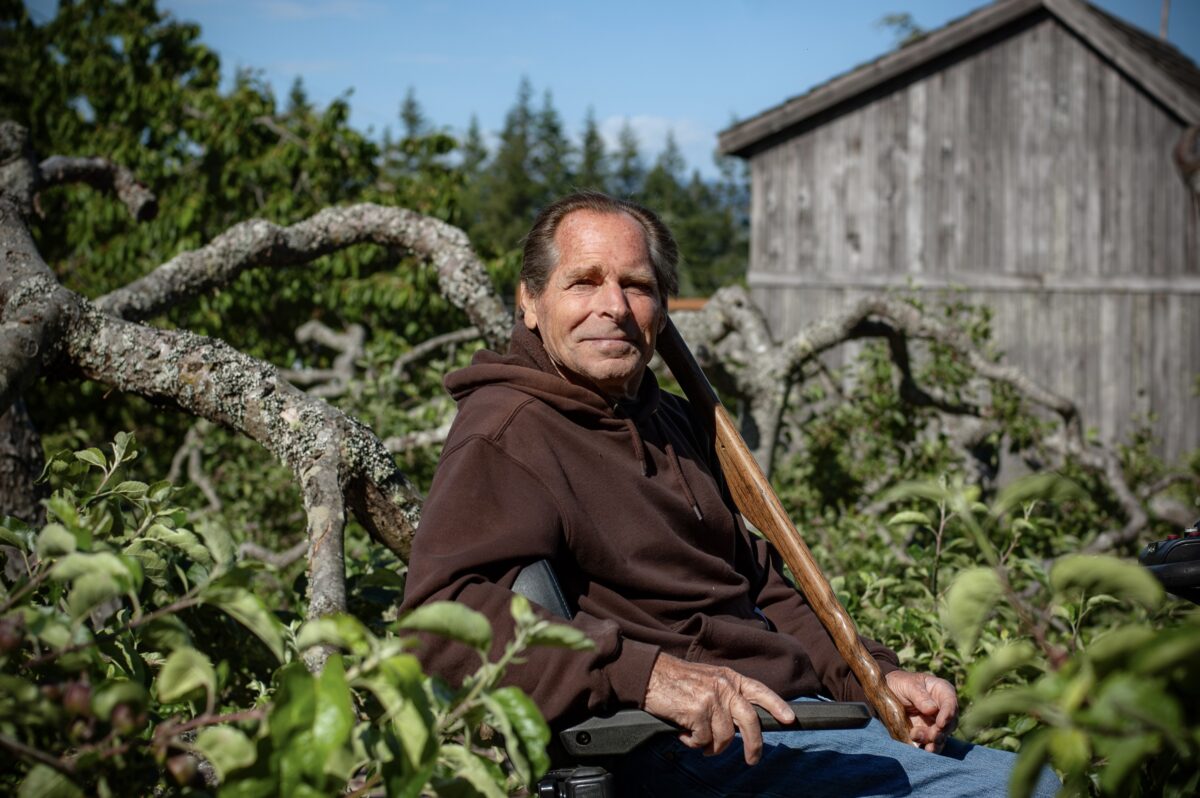
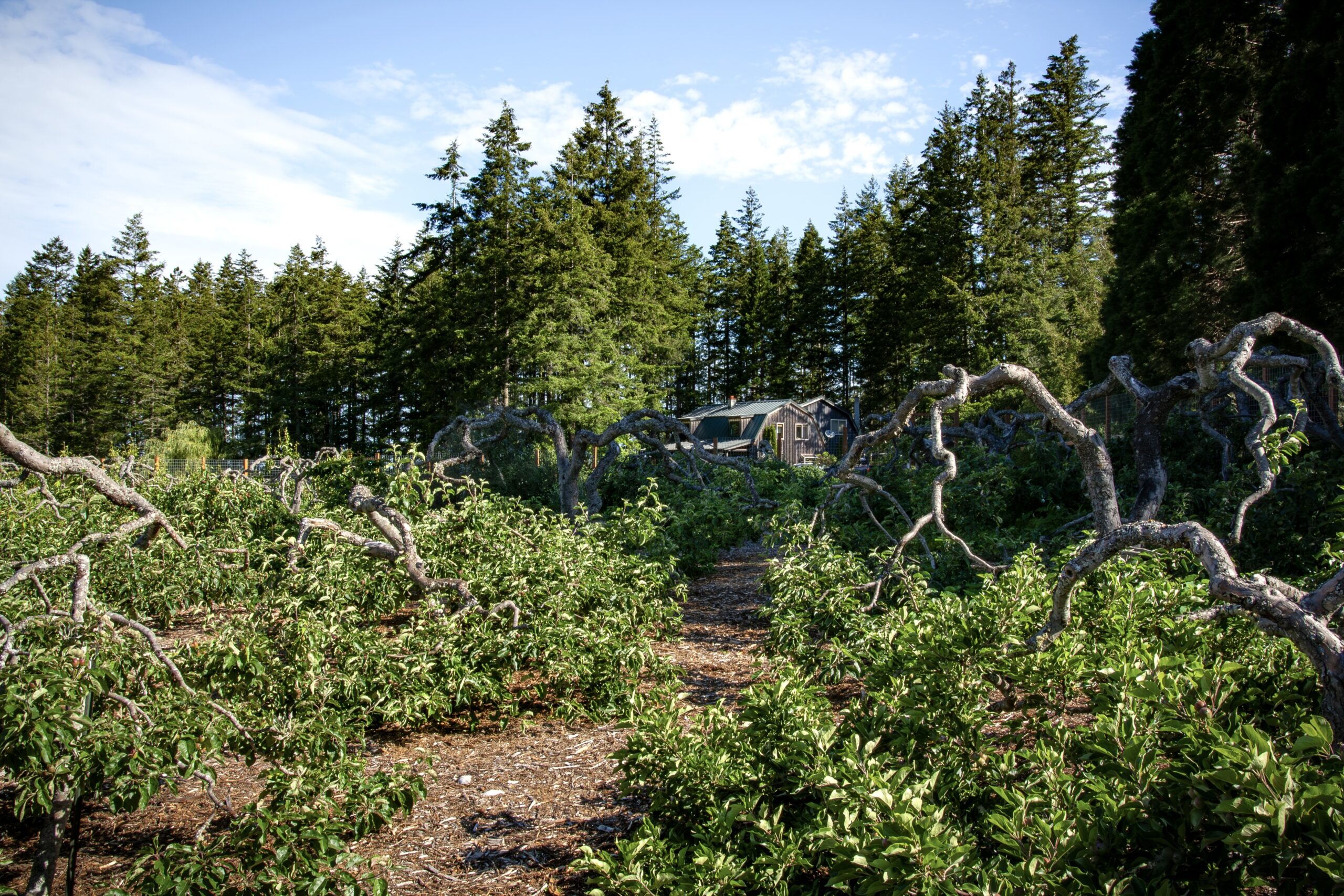
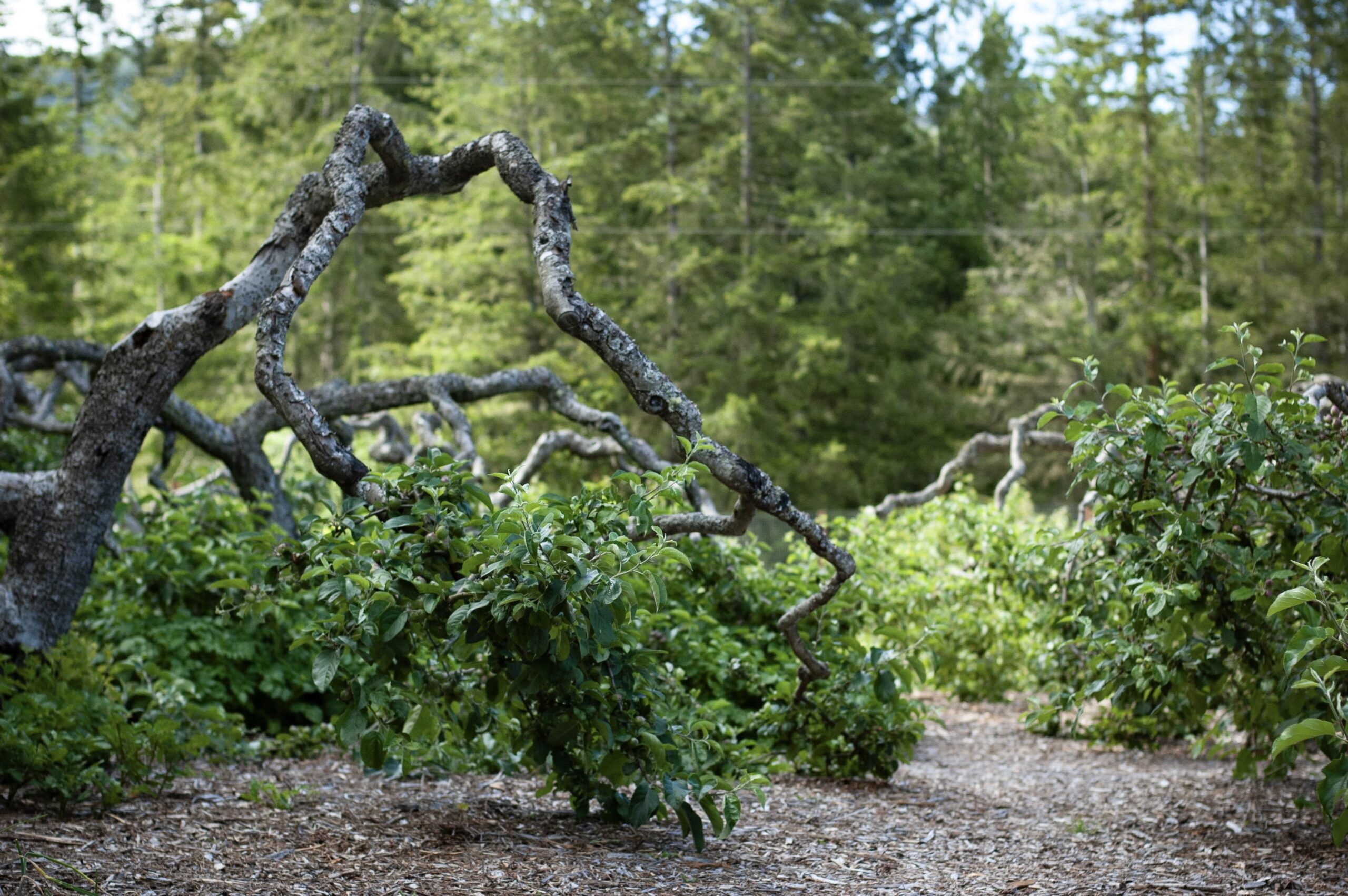

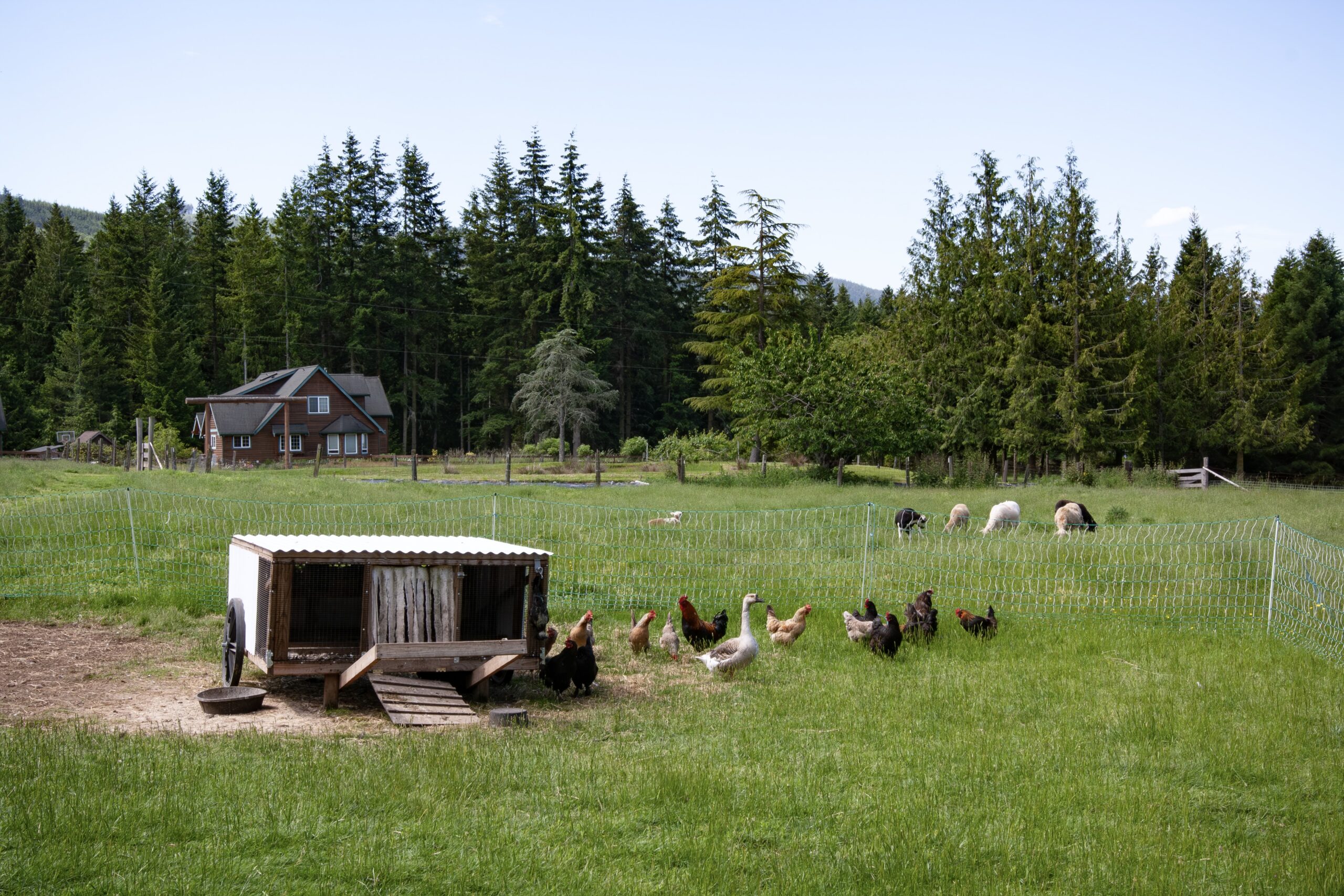
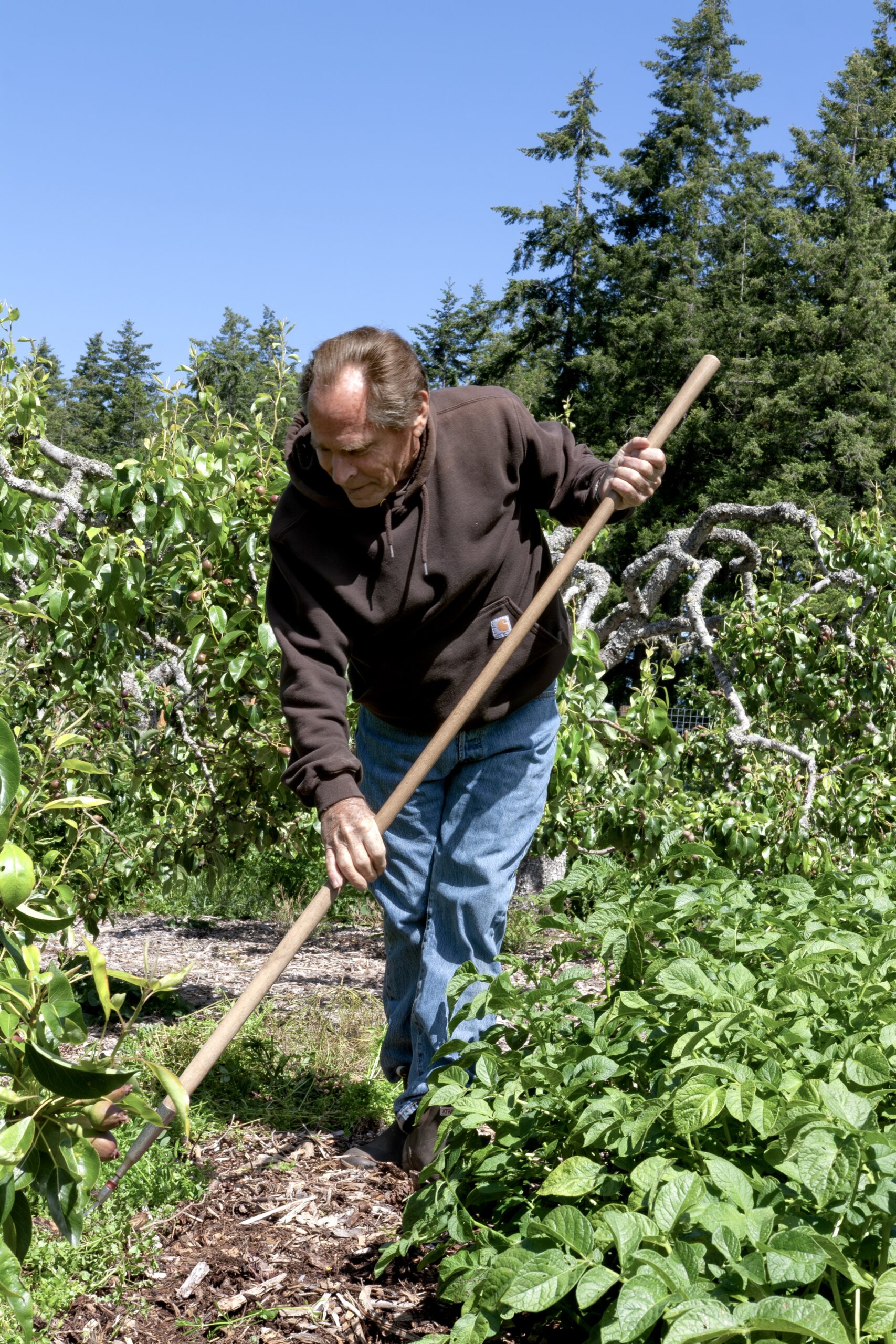




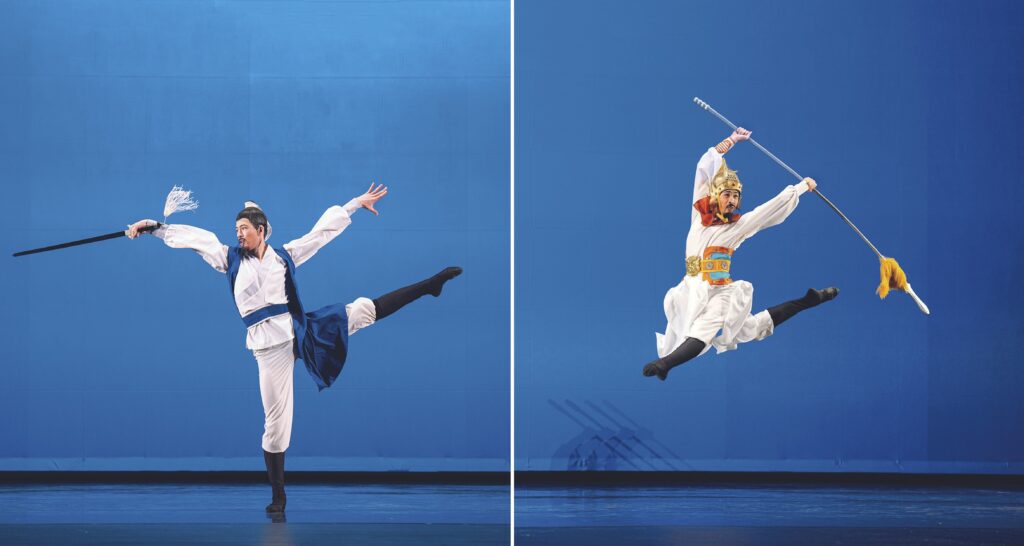


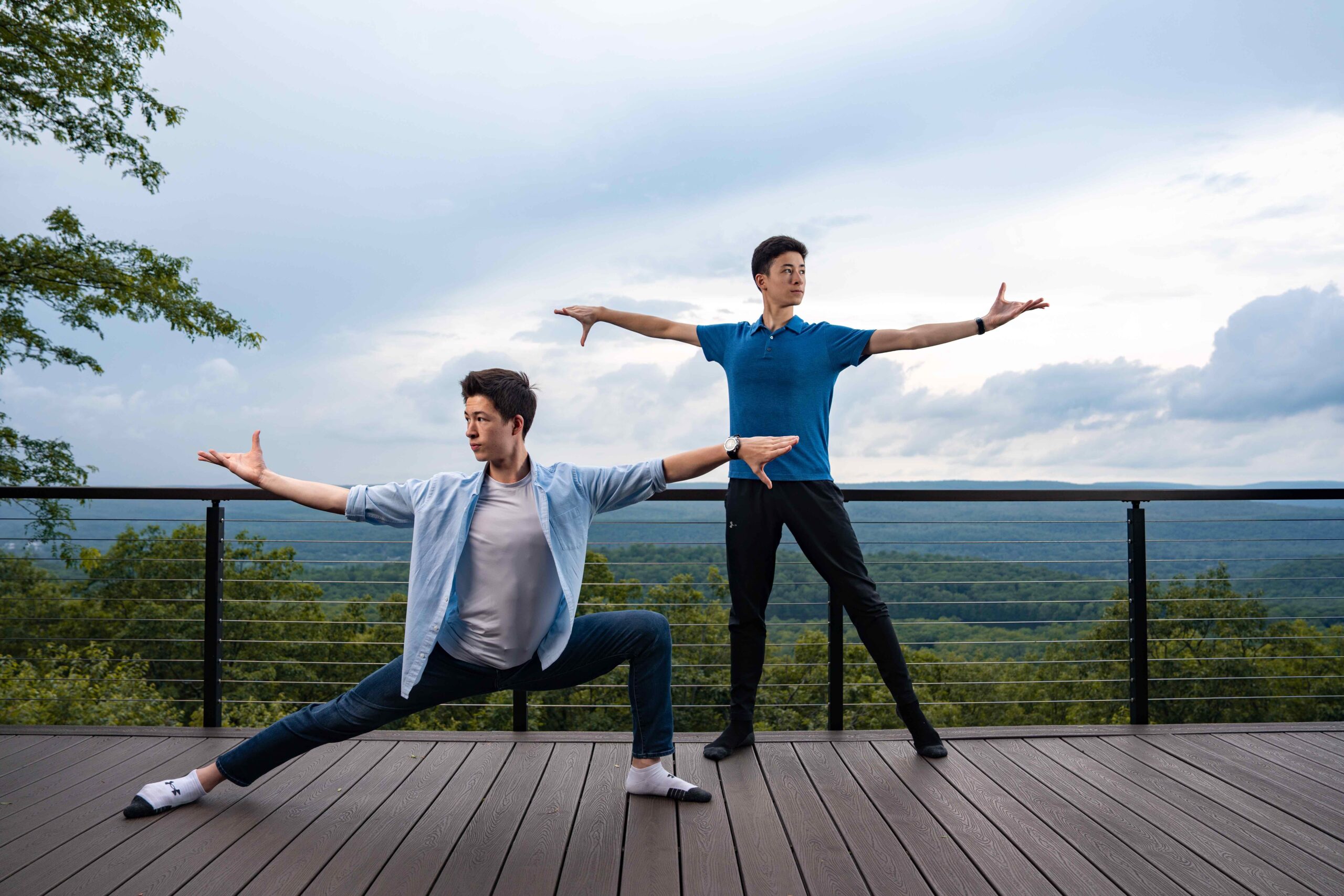


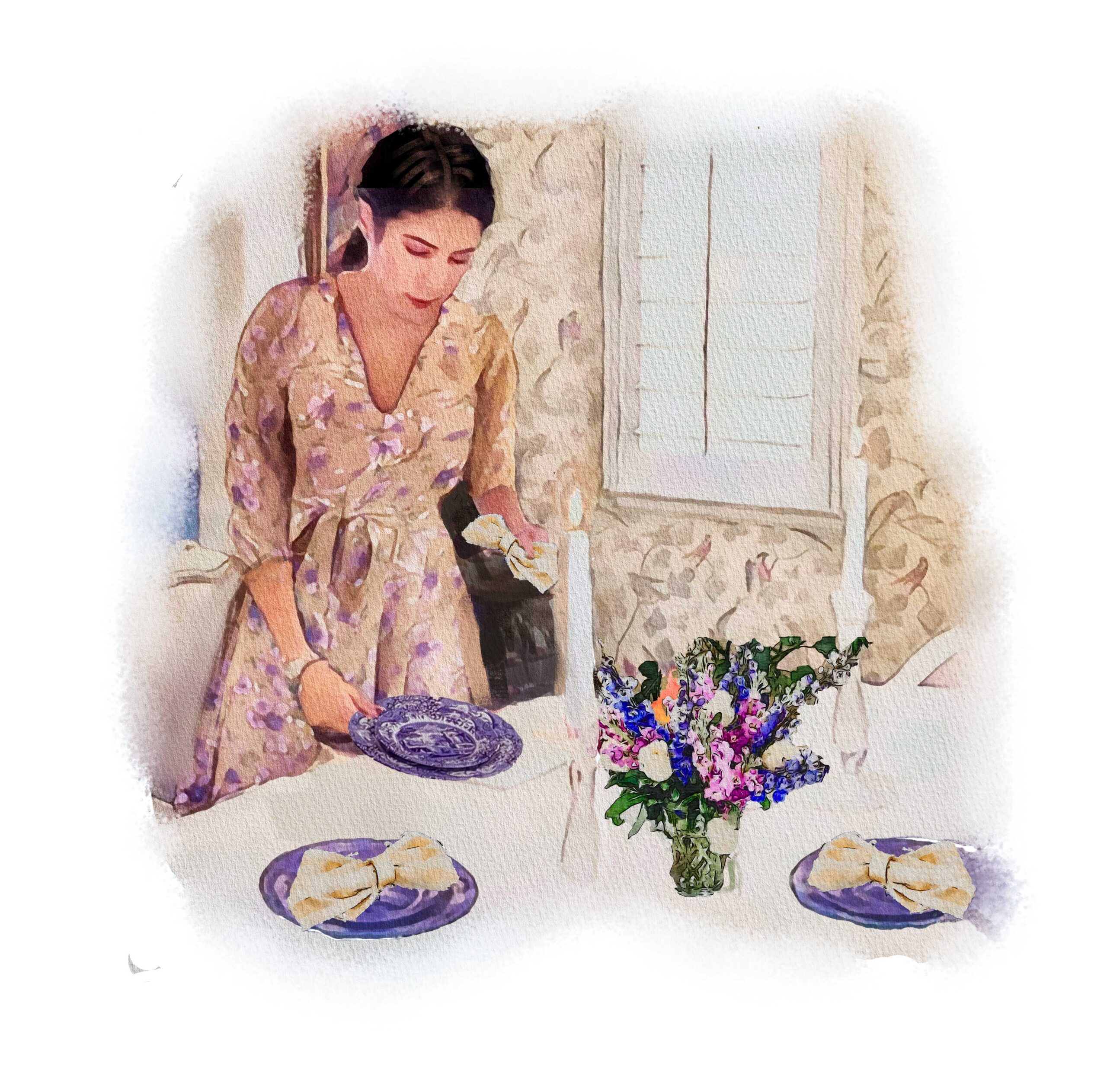
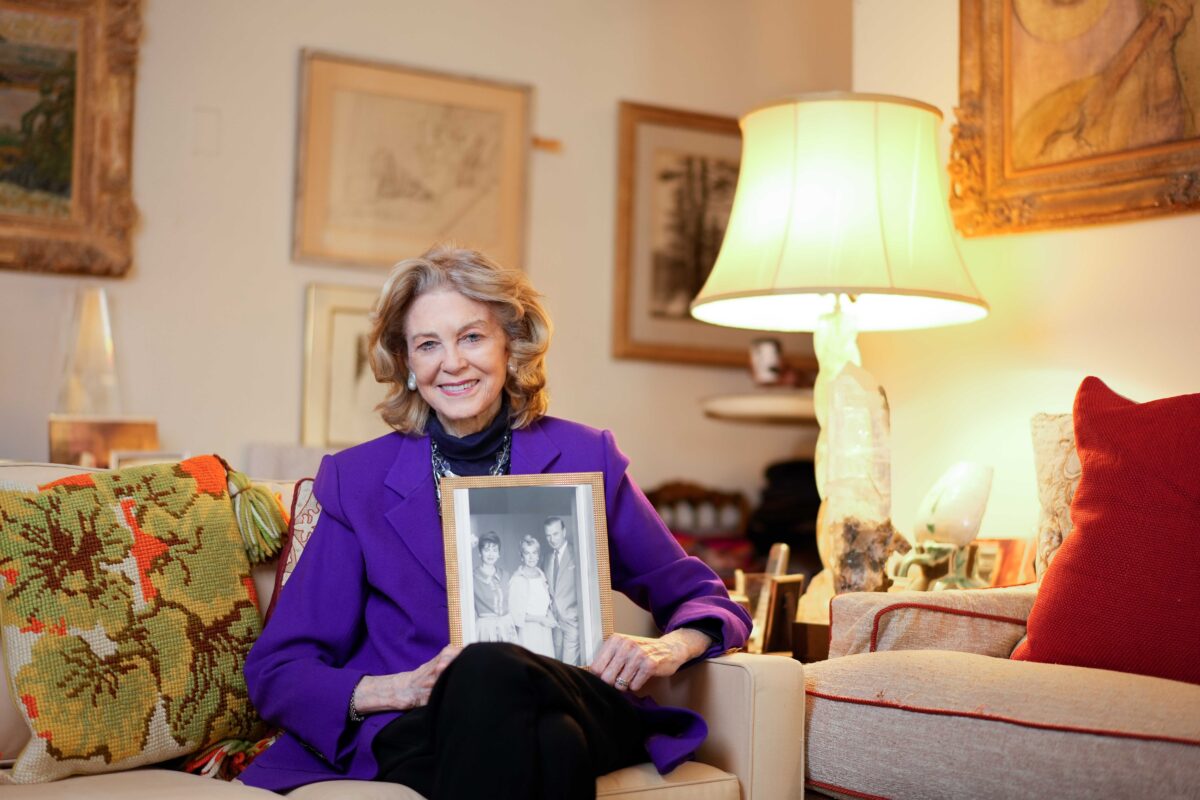
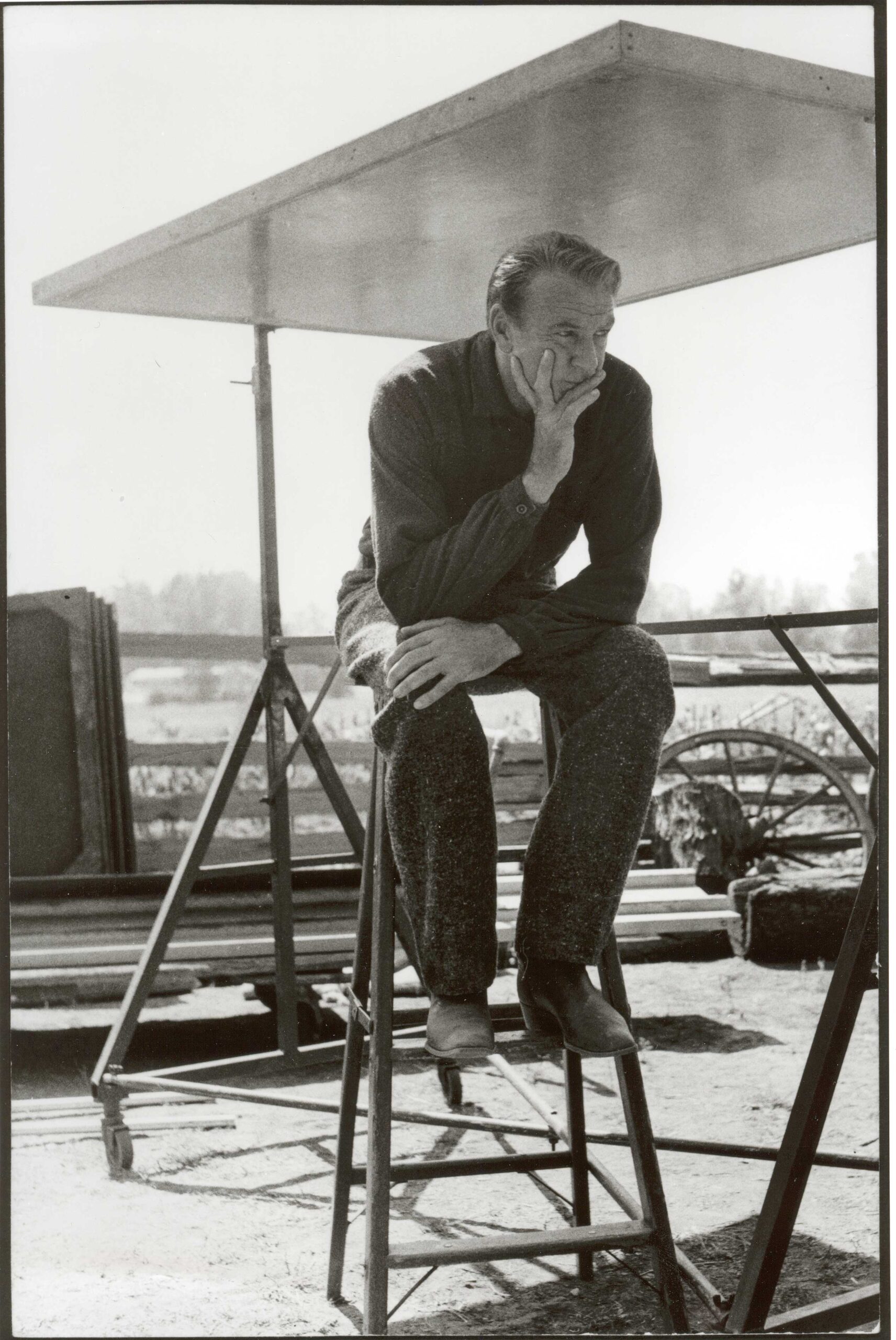
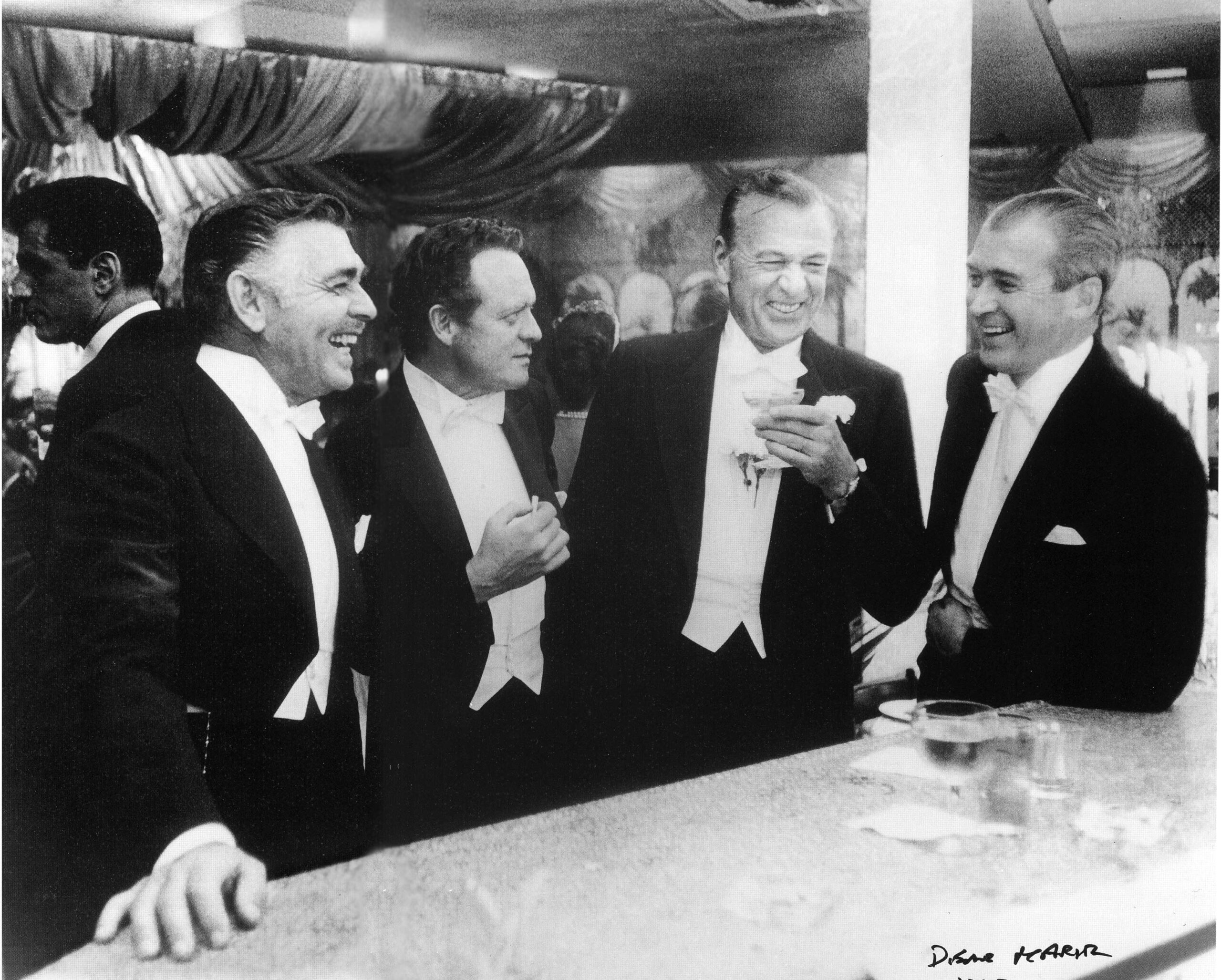
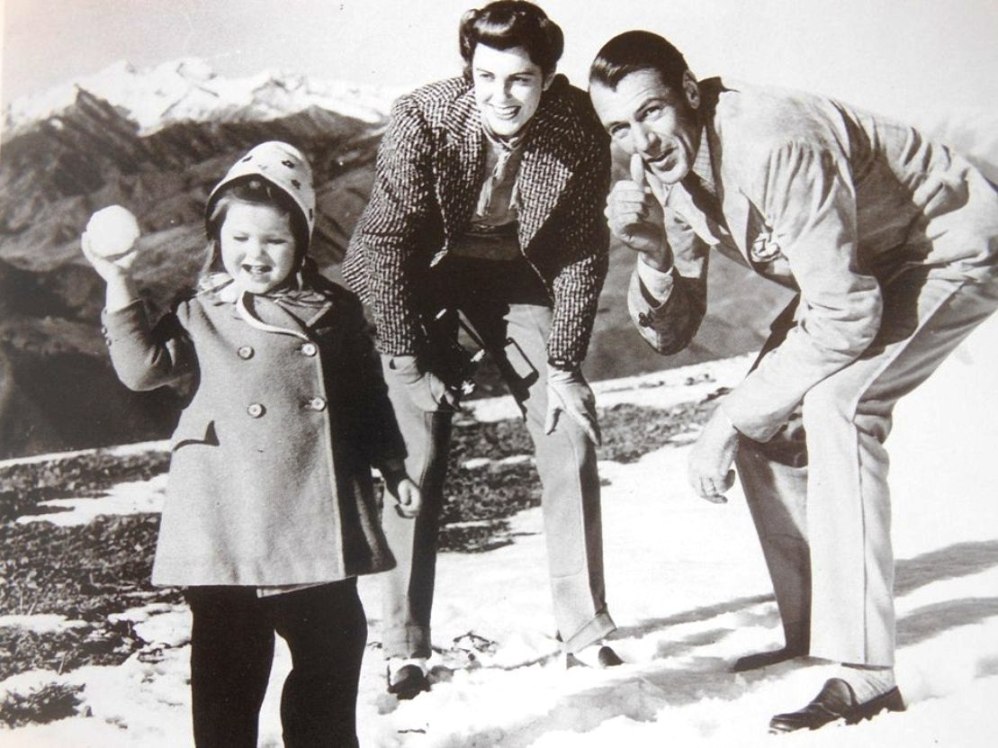
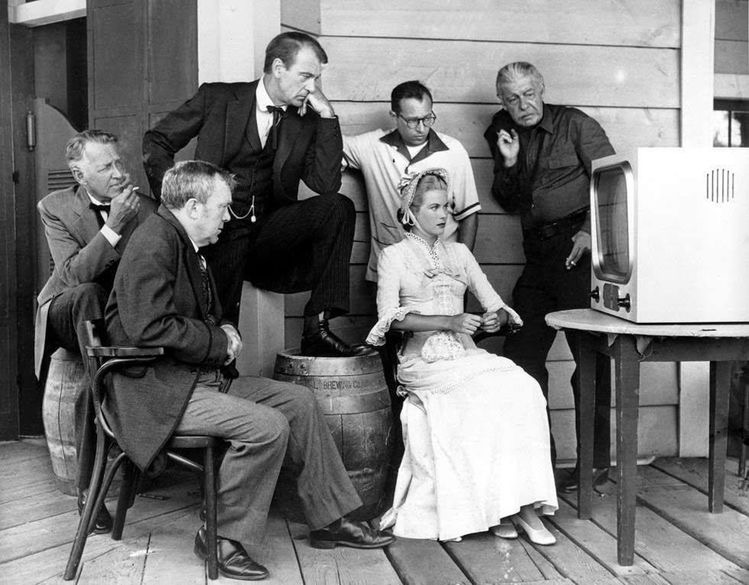
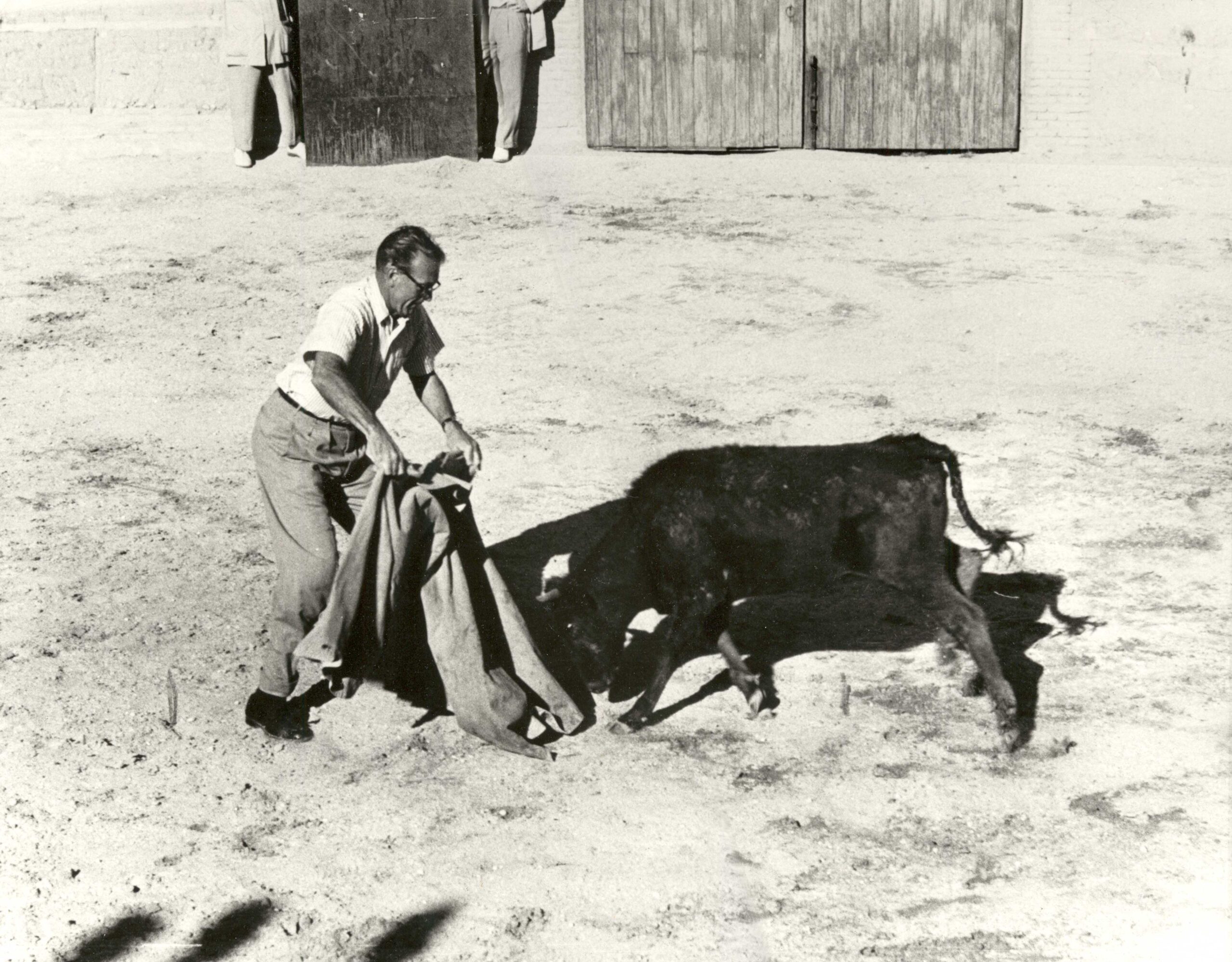
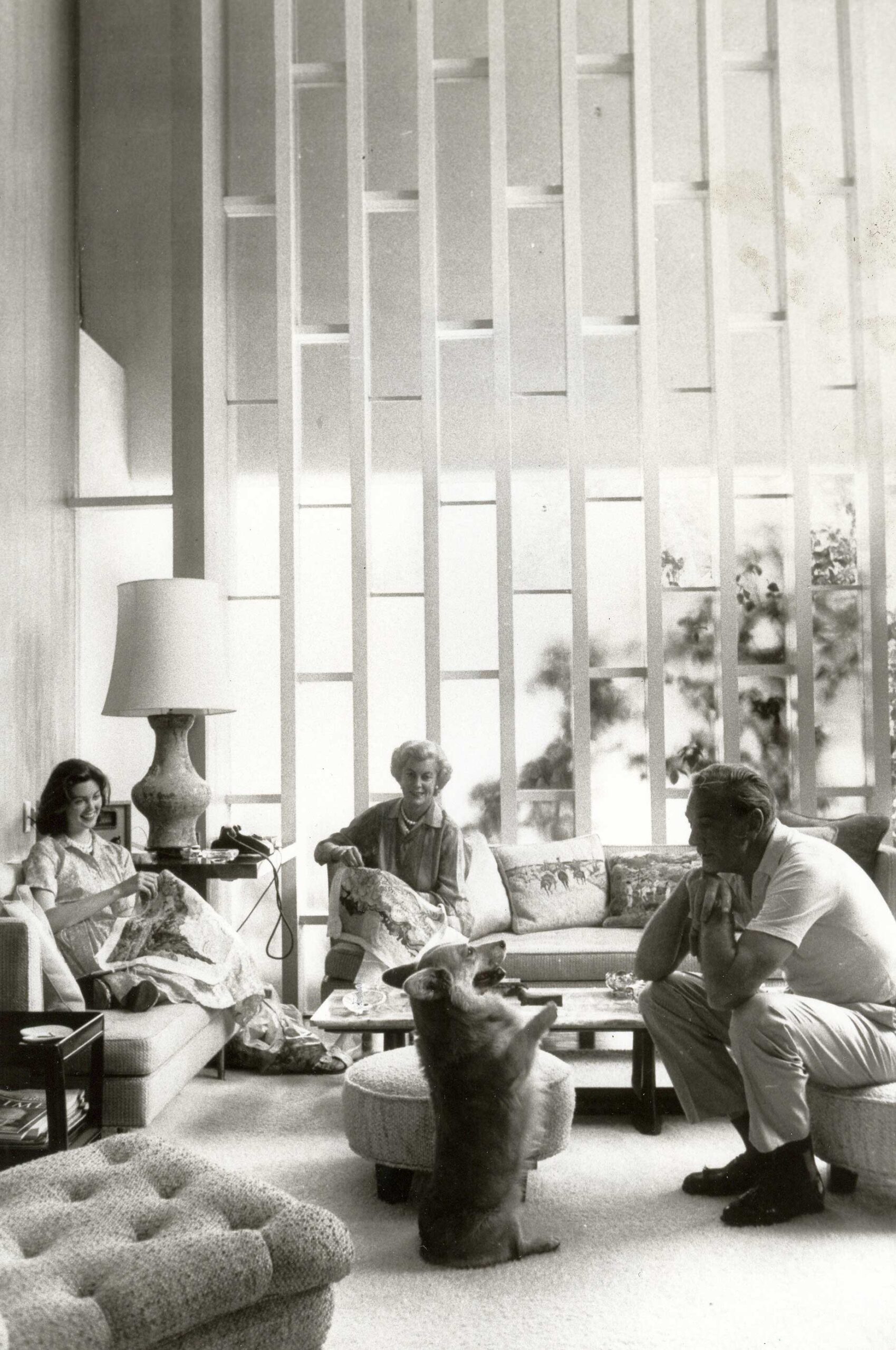
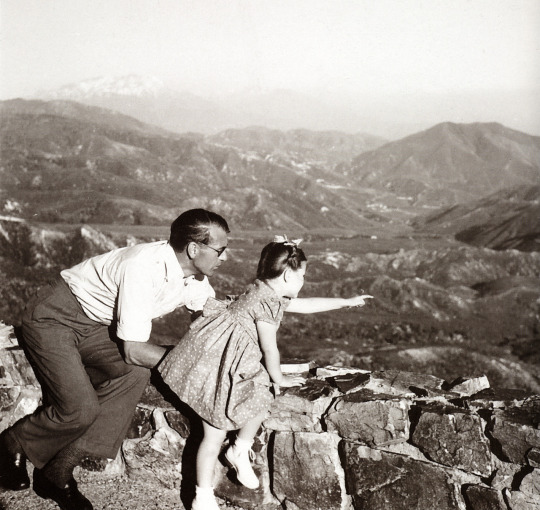
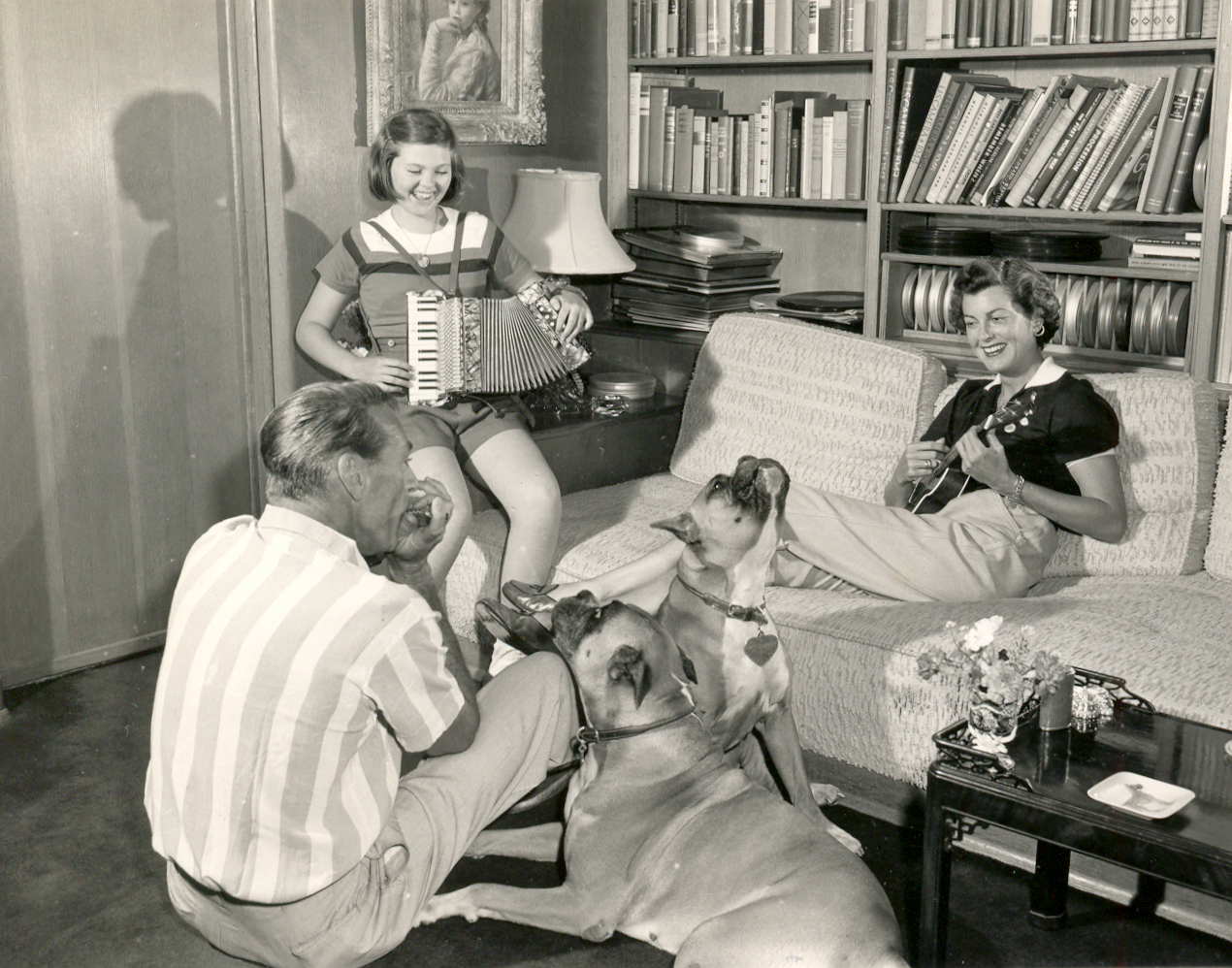

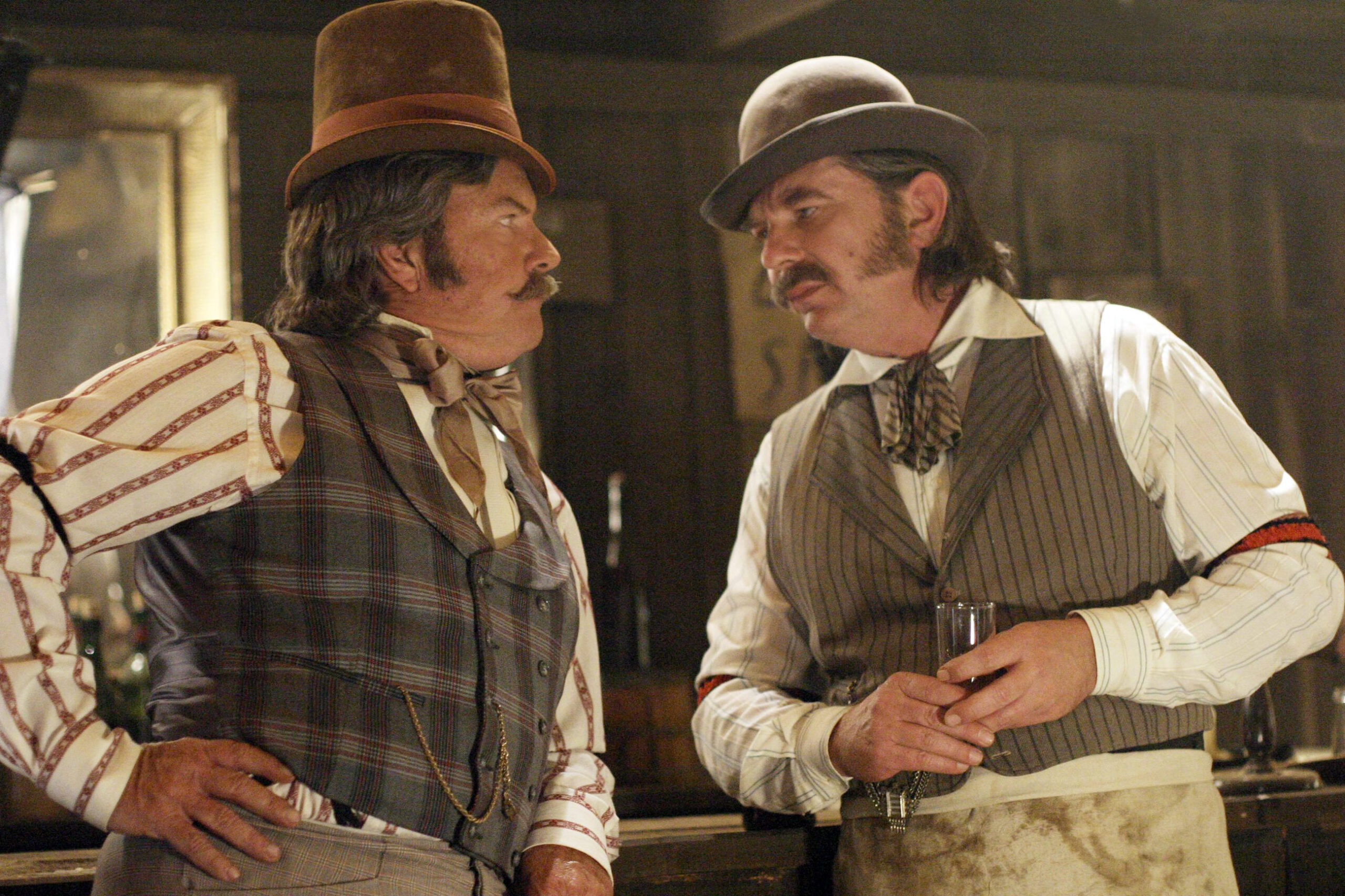
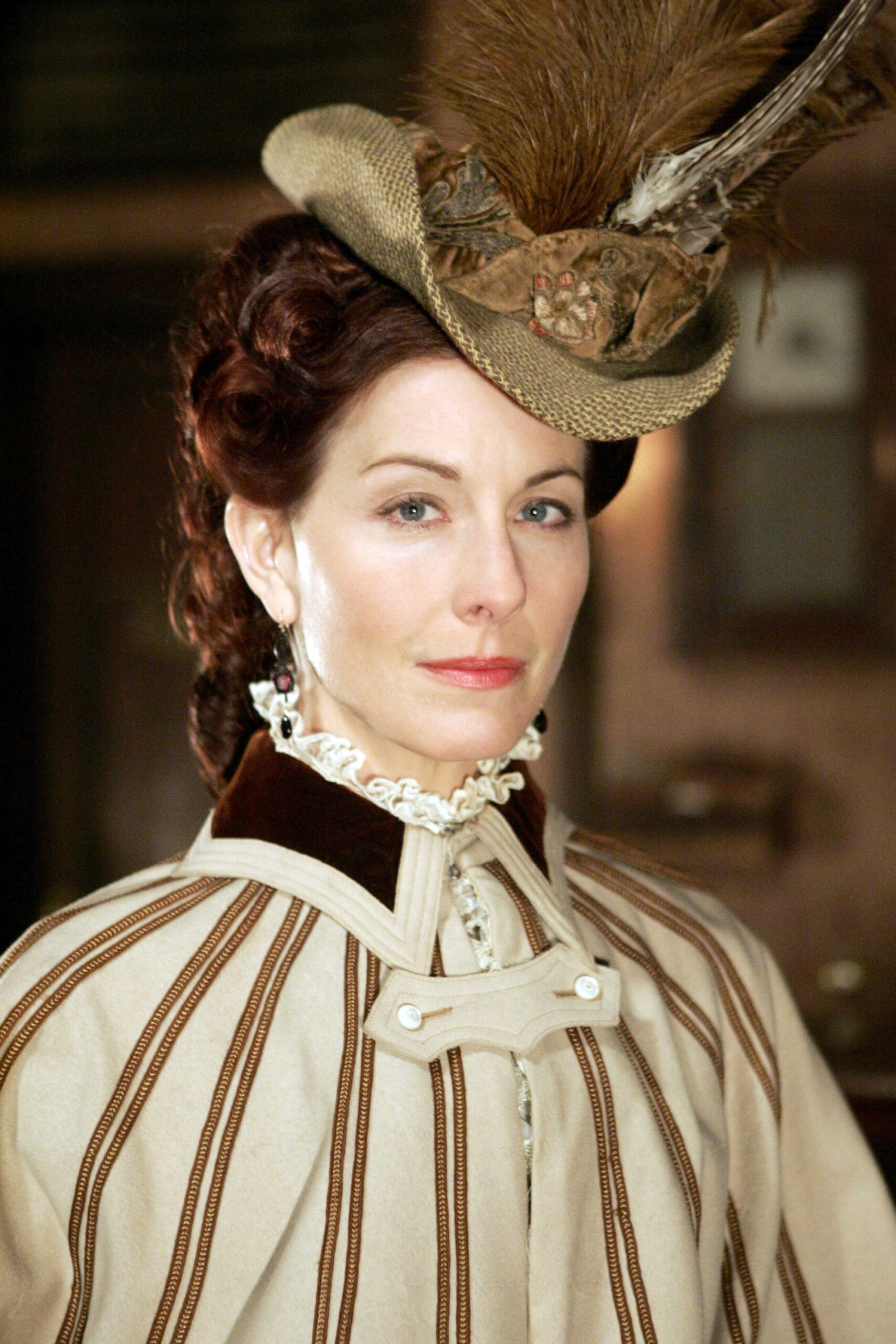
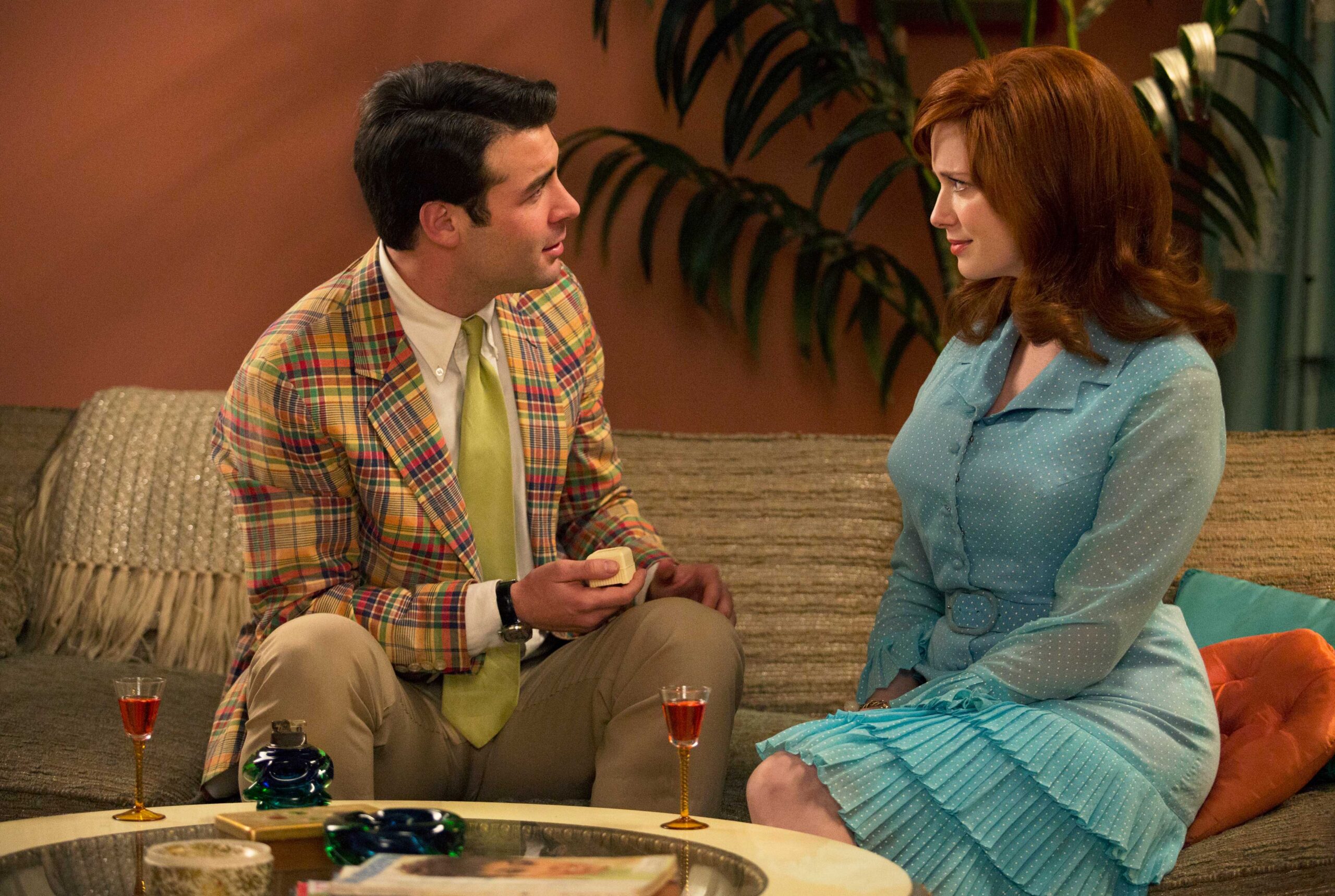
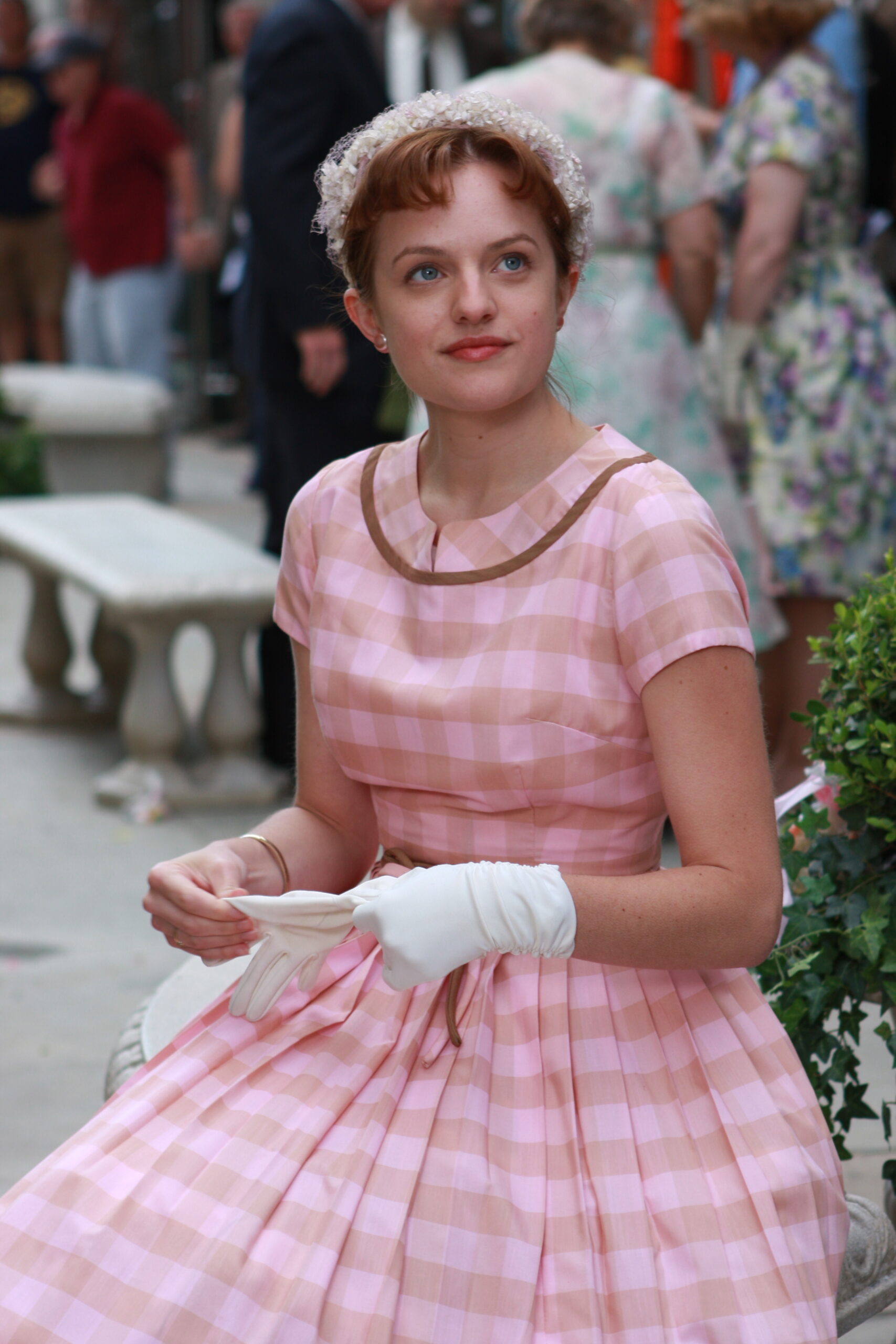
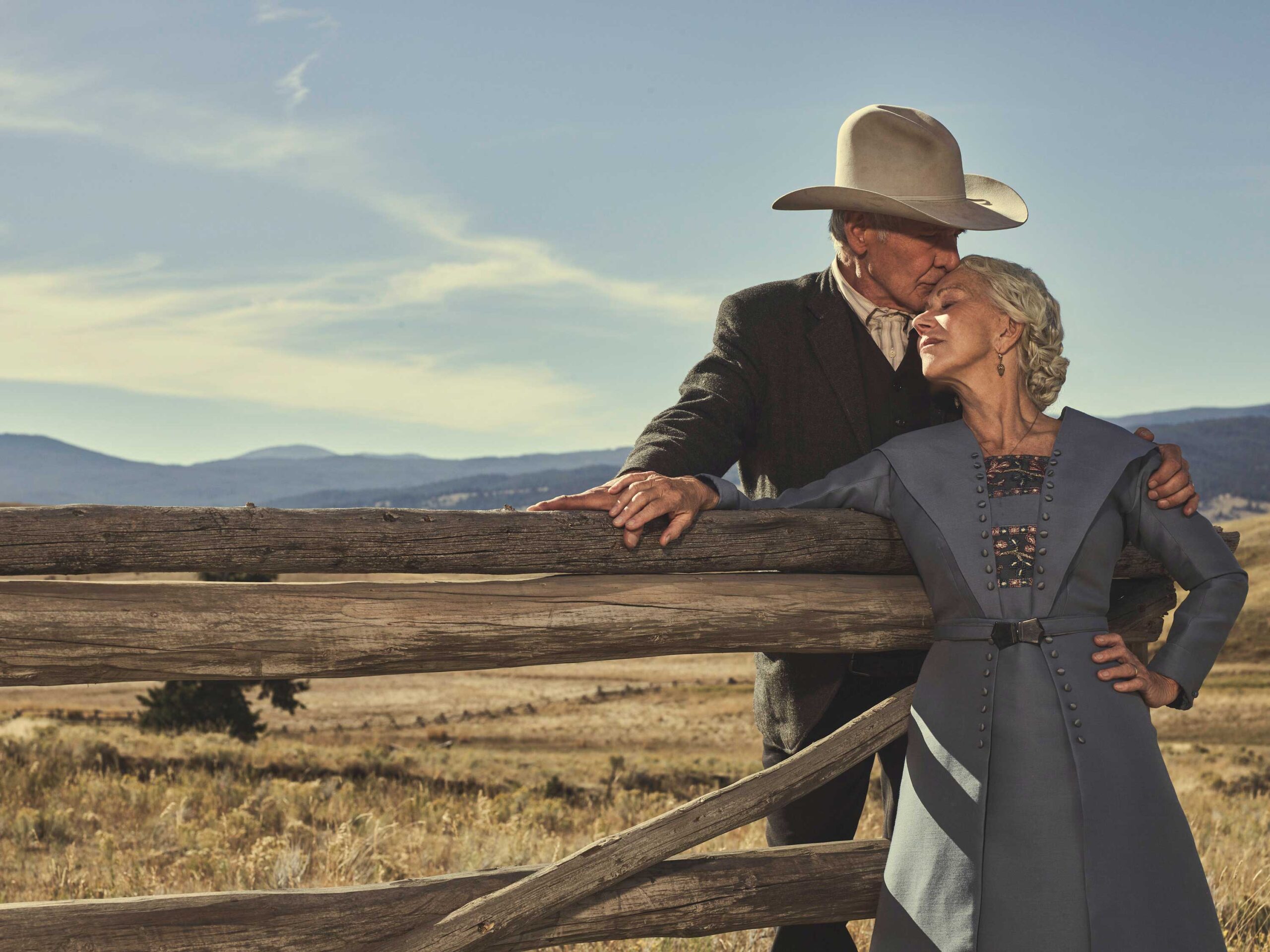
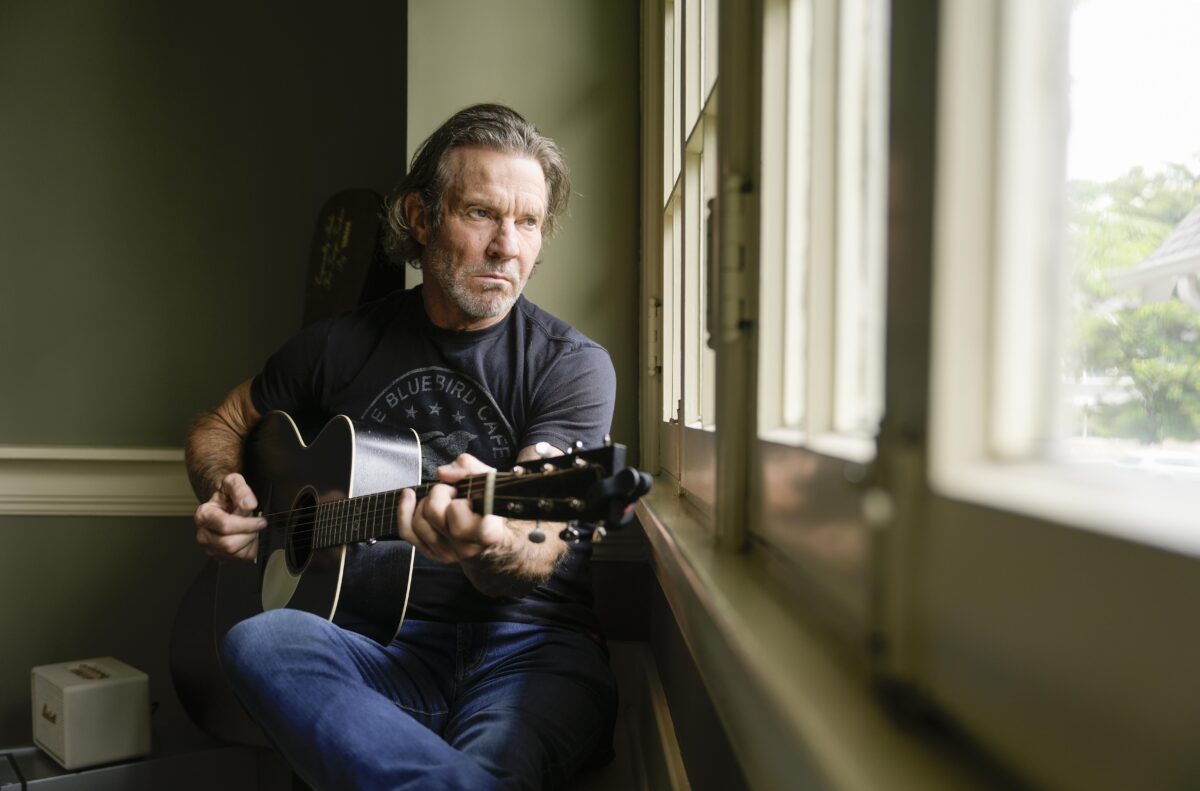
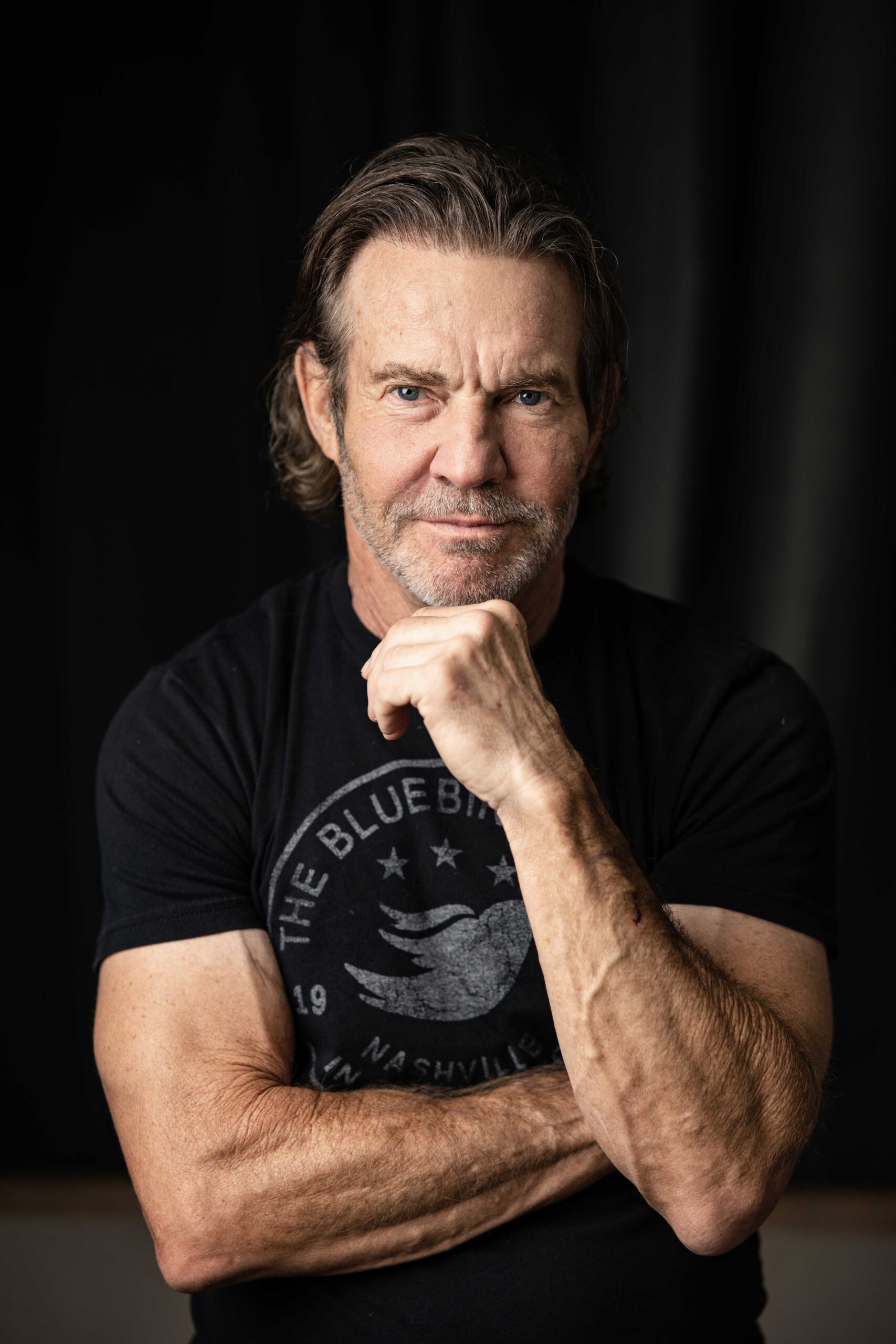
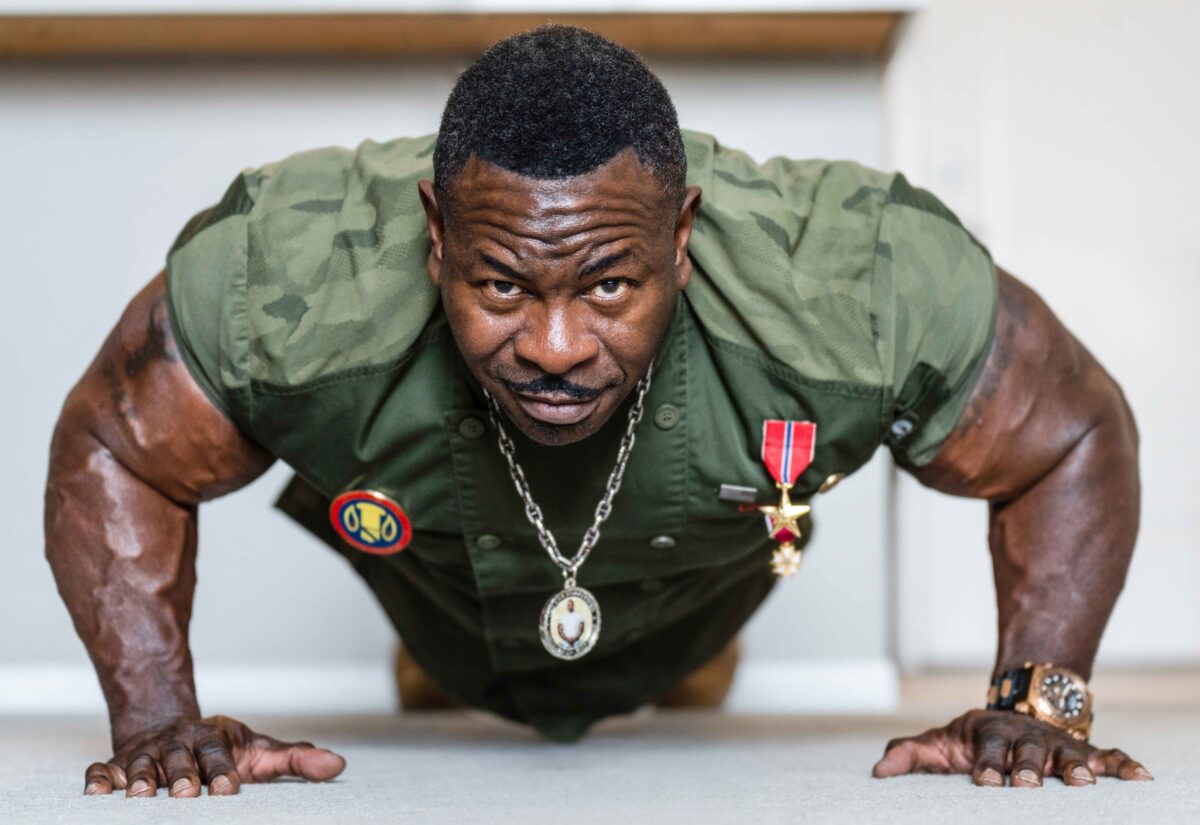

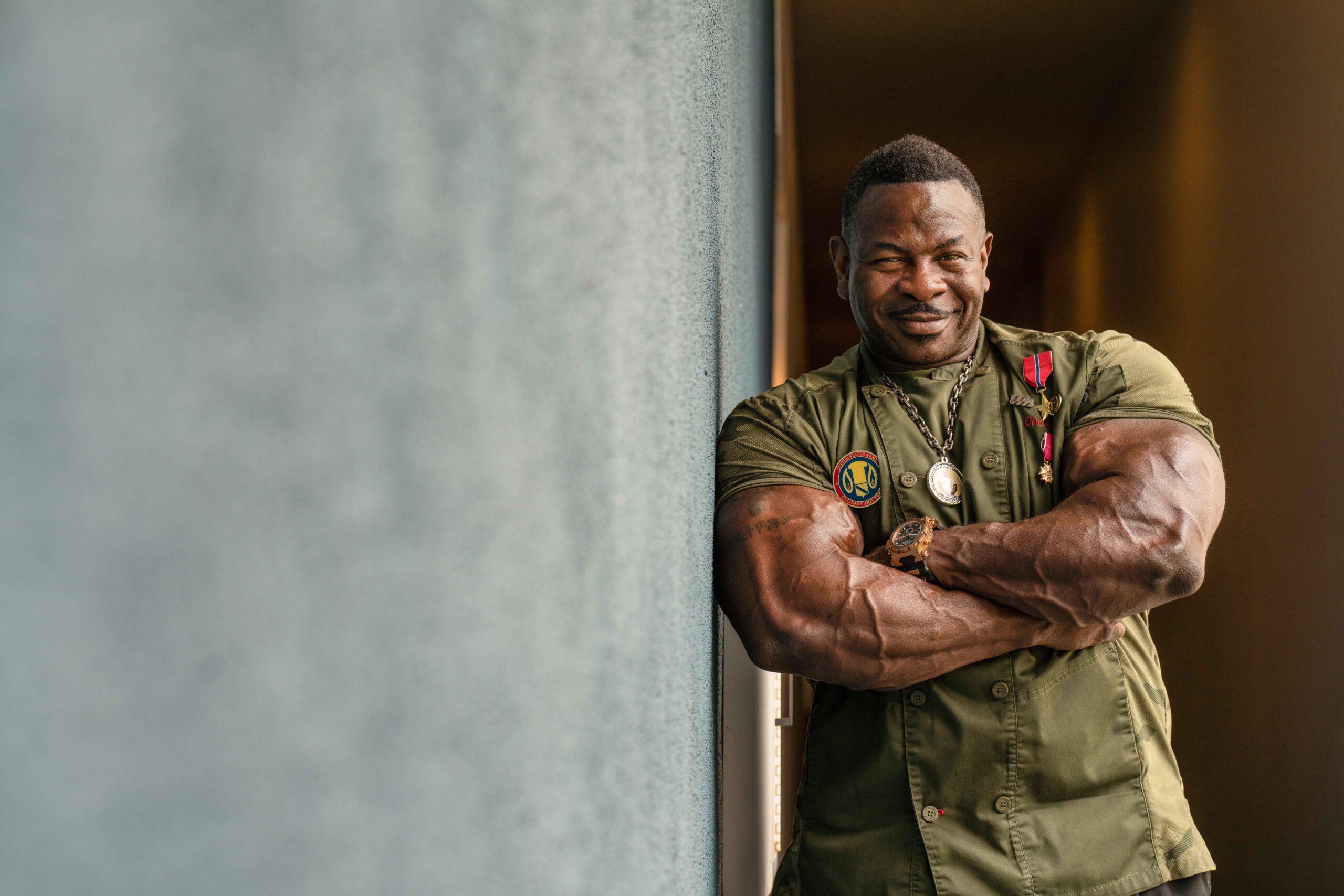
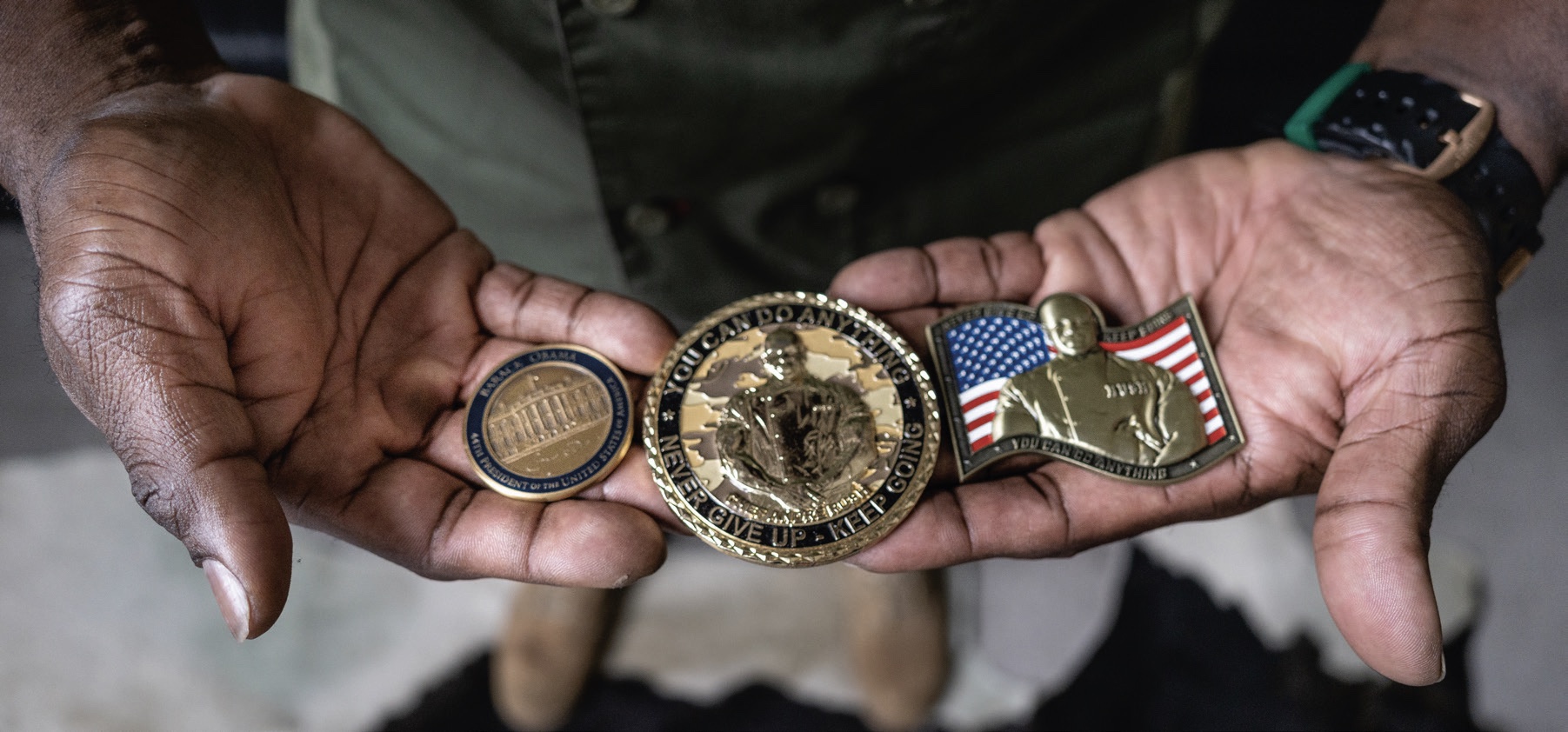 Salvation in Service
Salvation in Service





